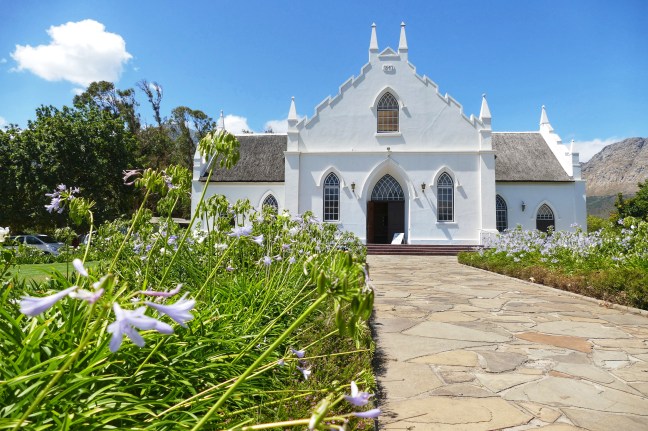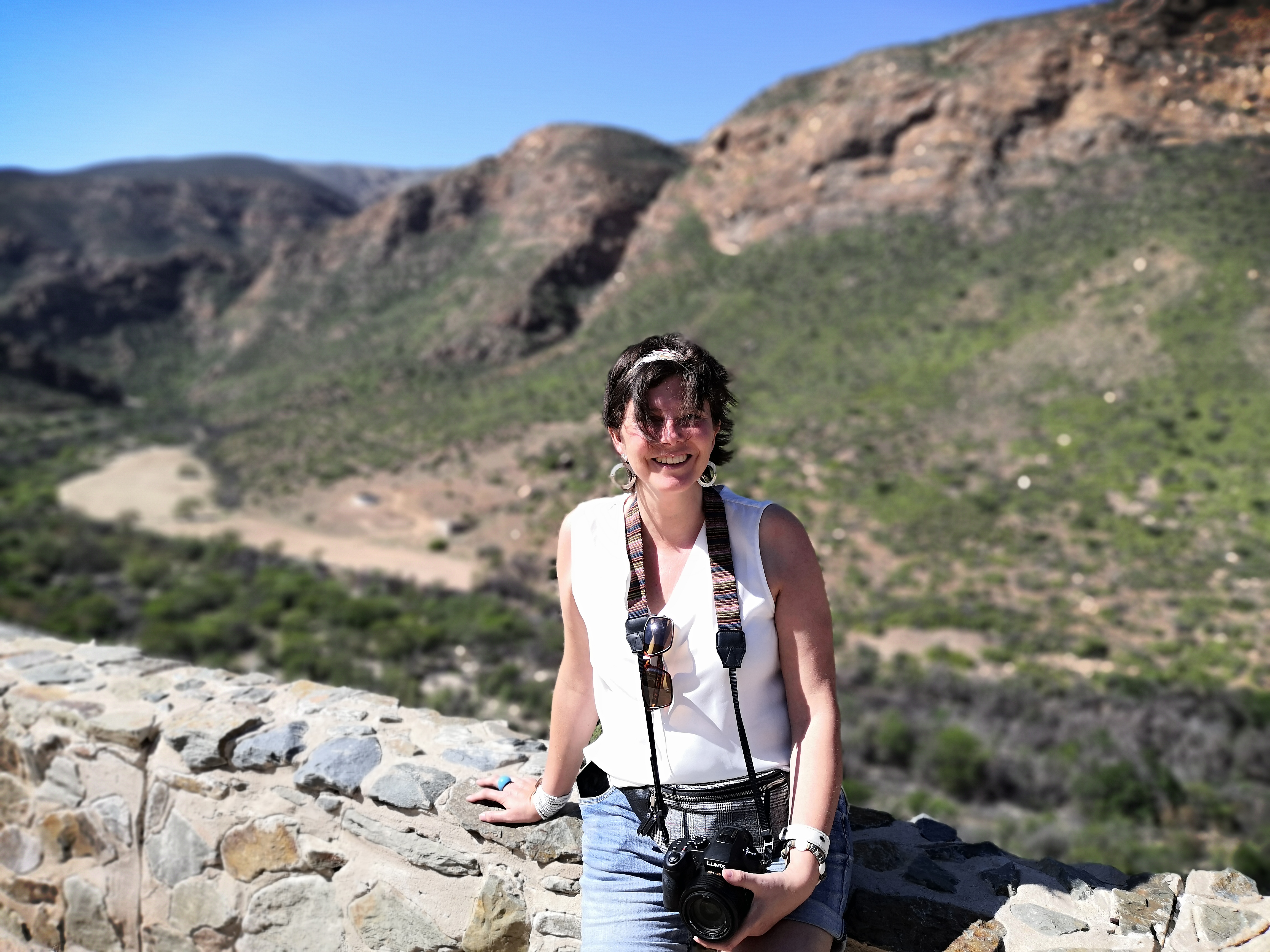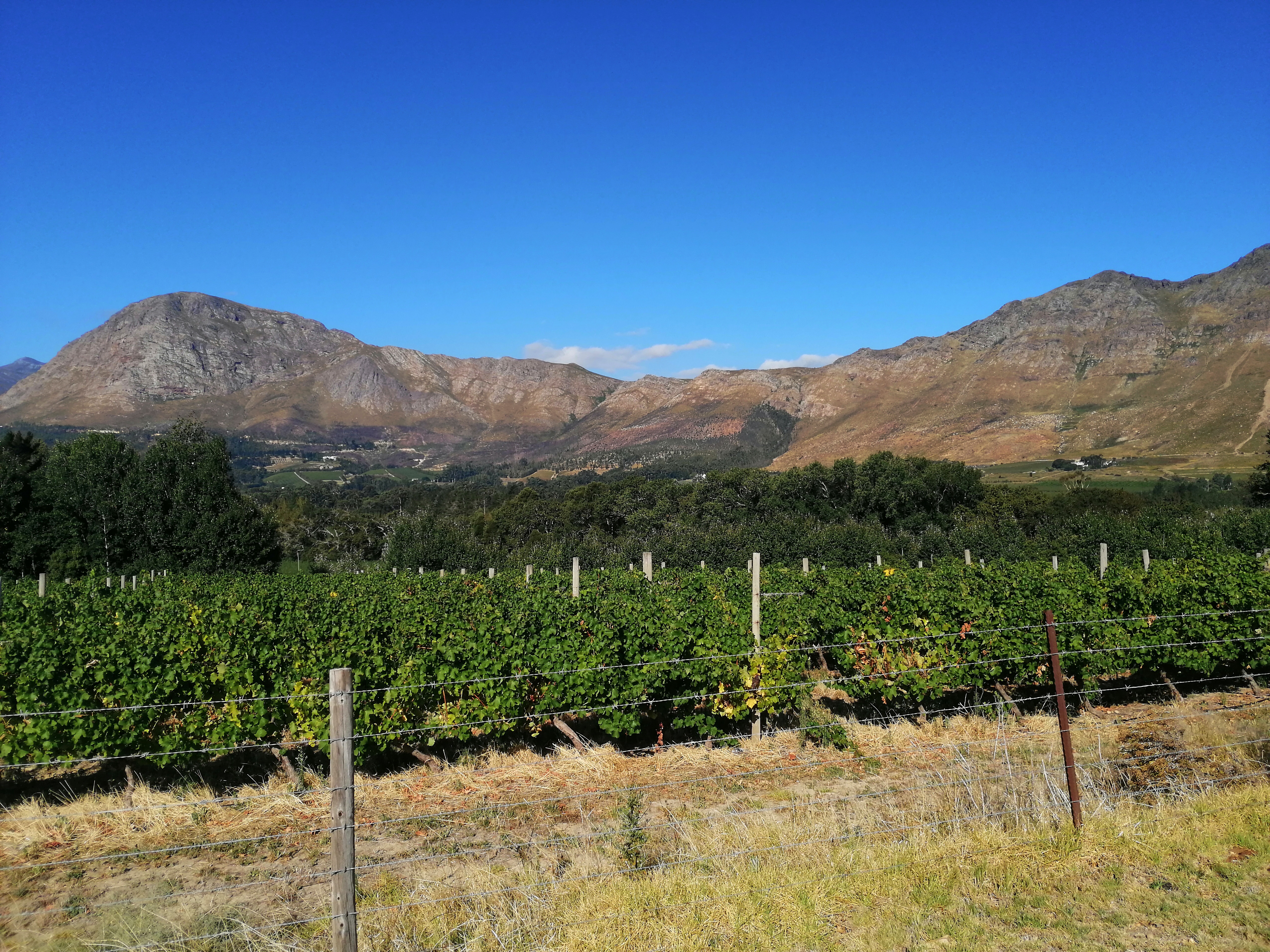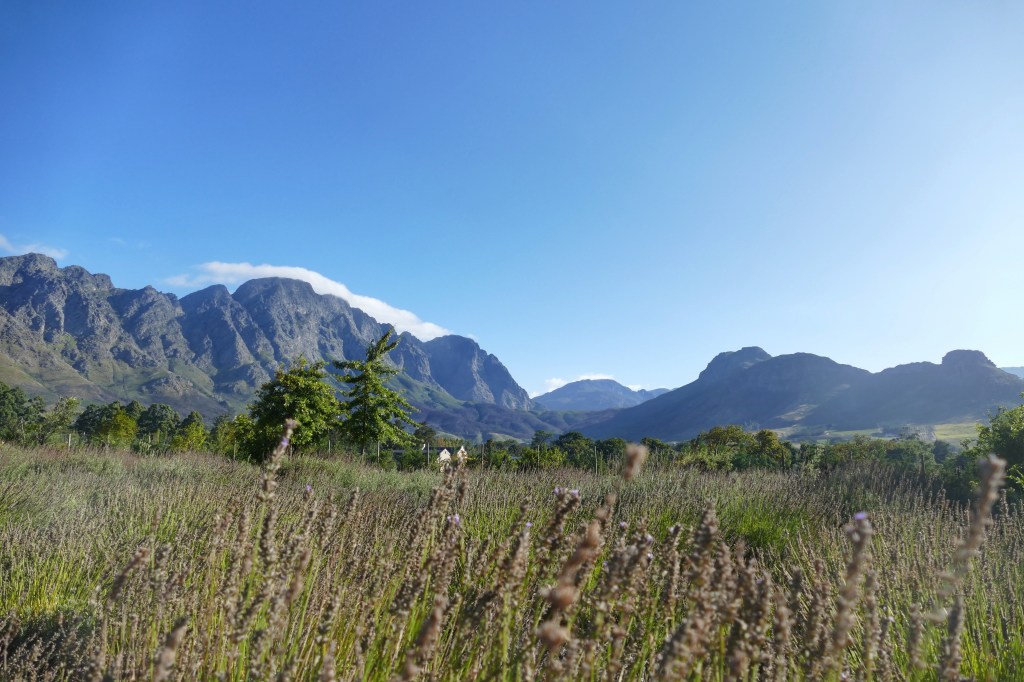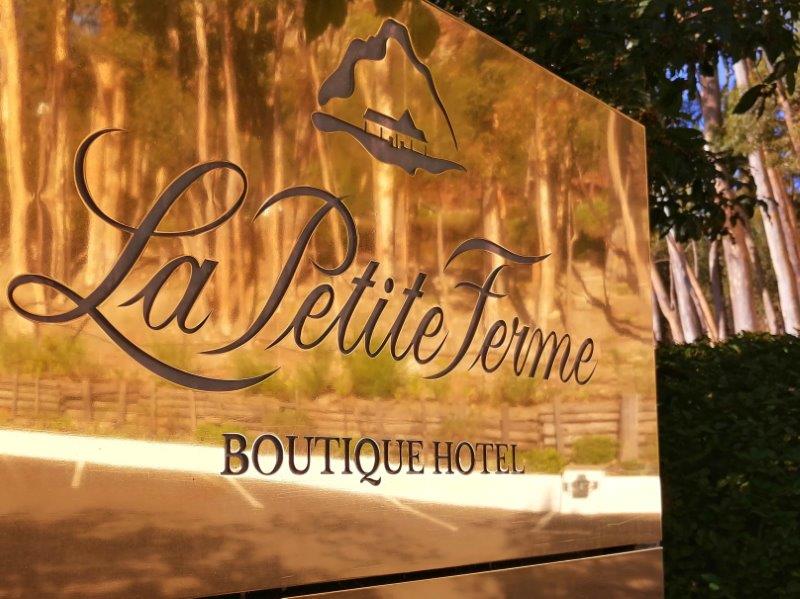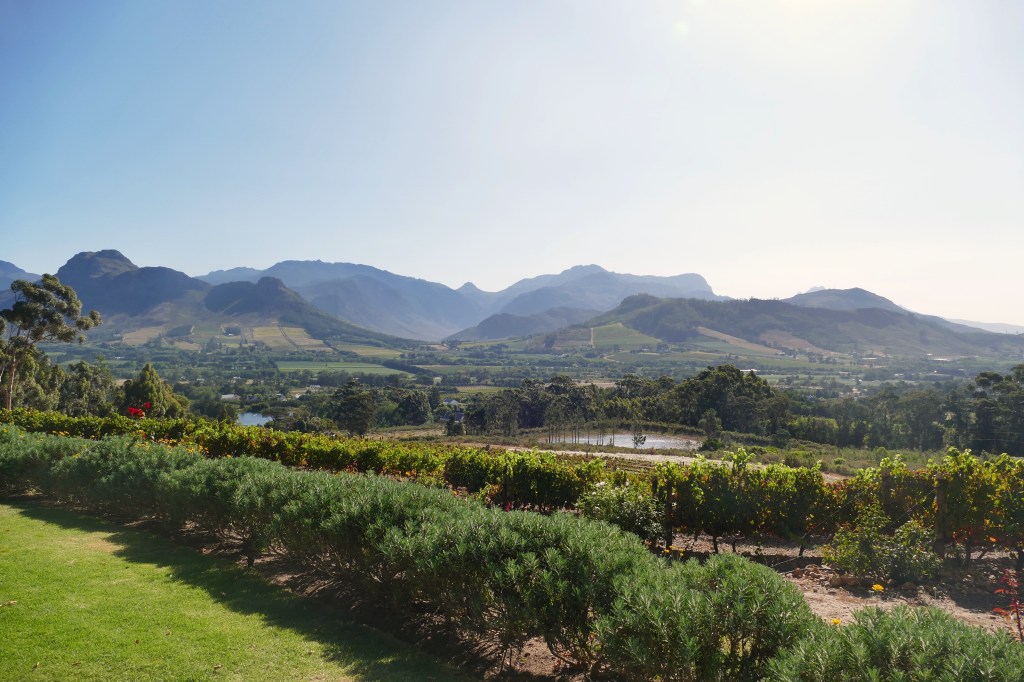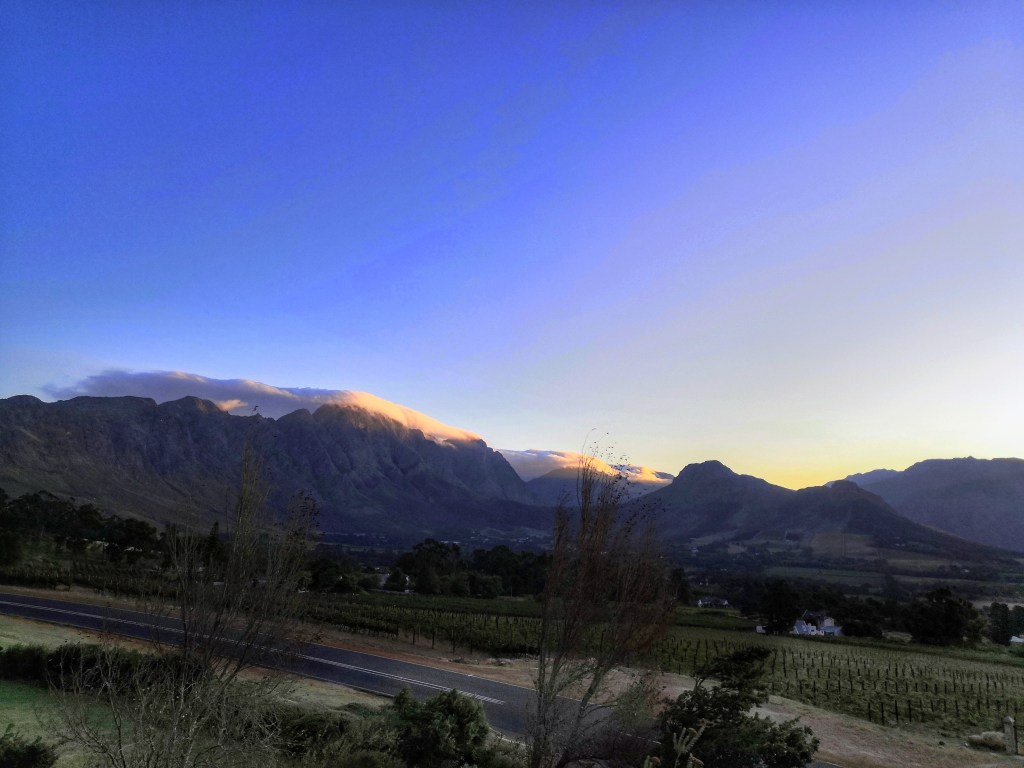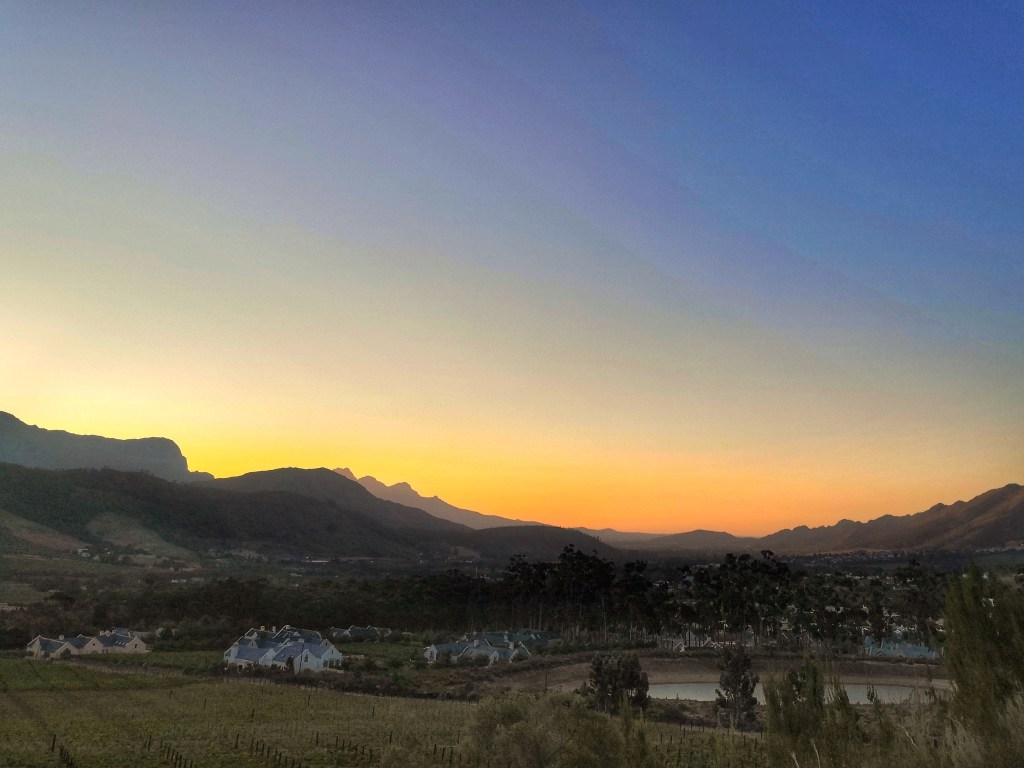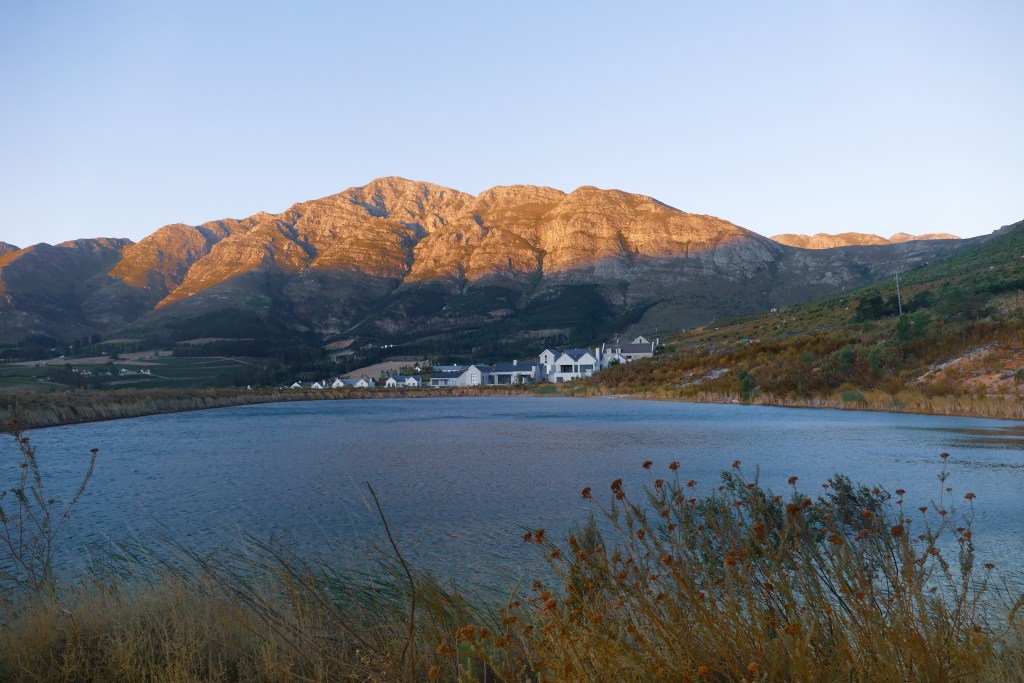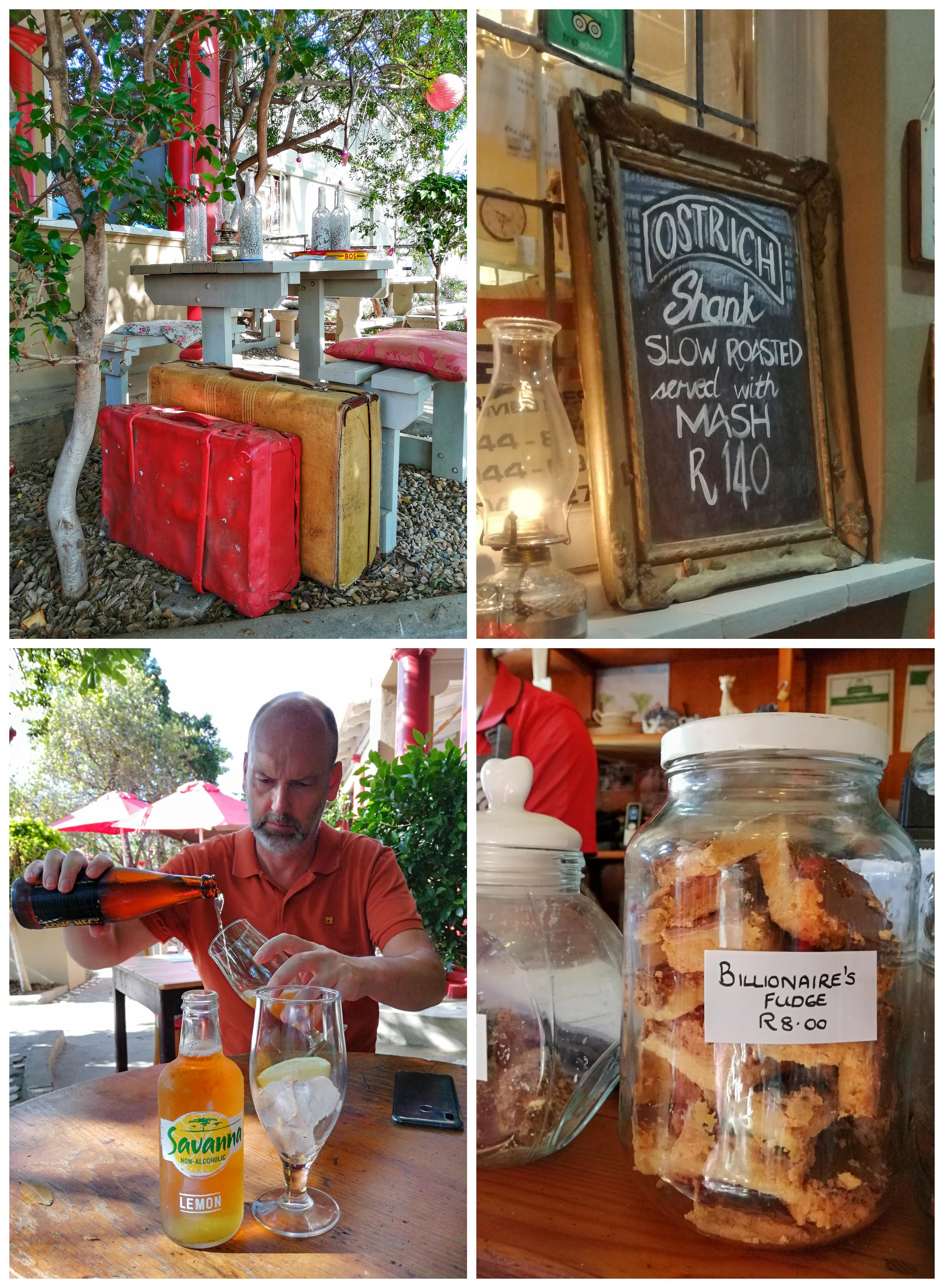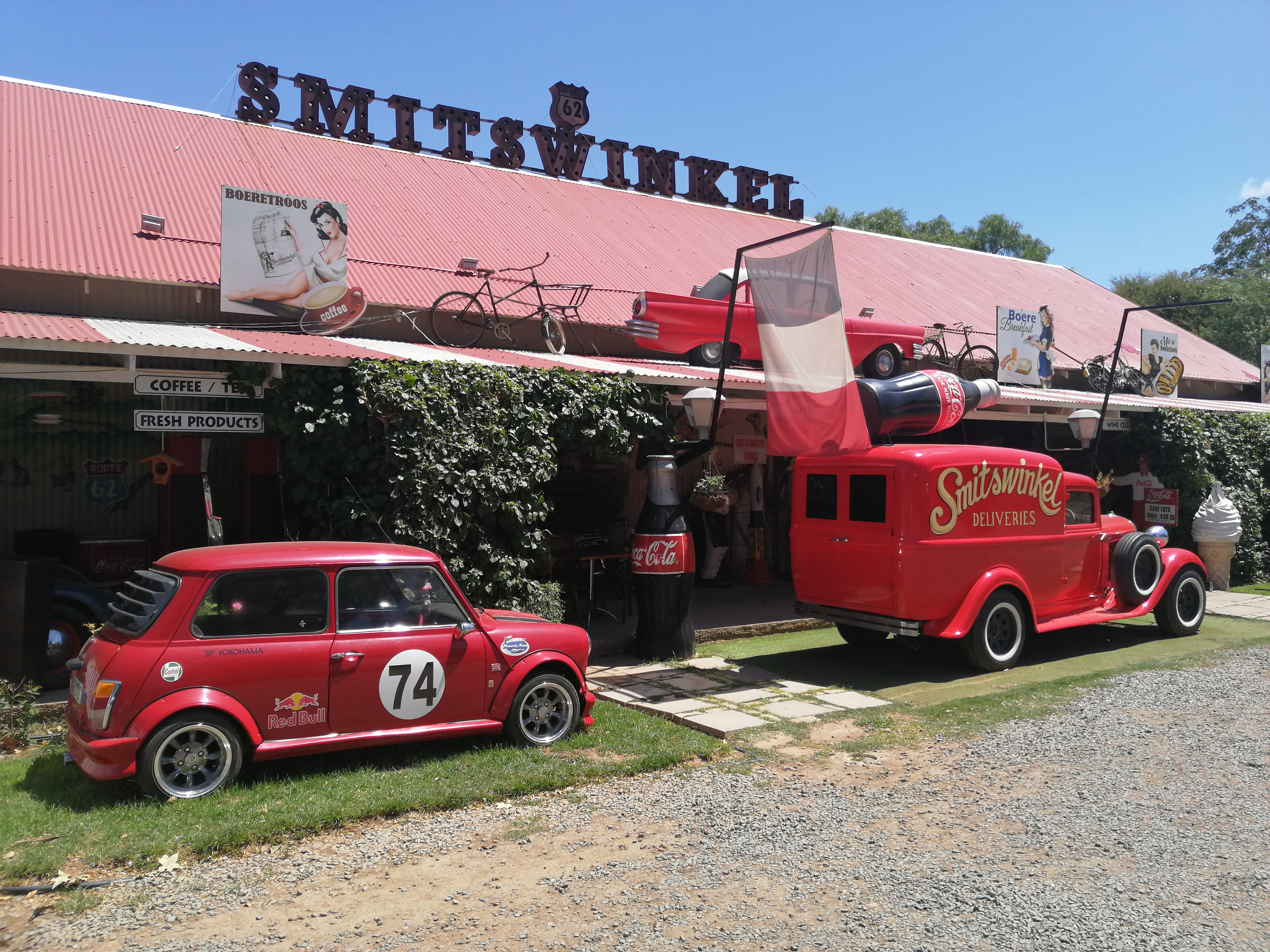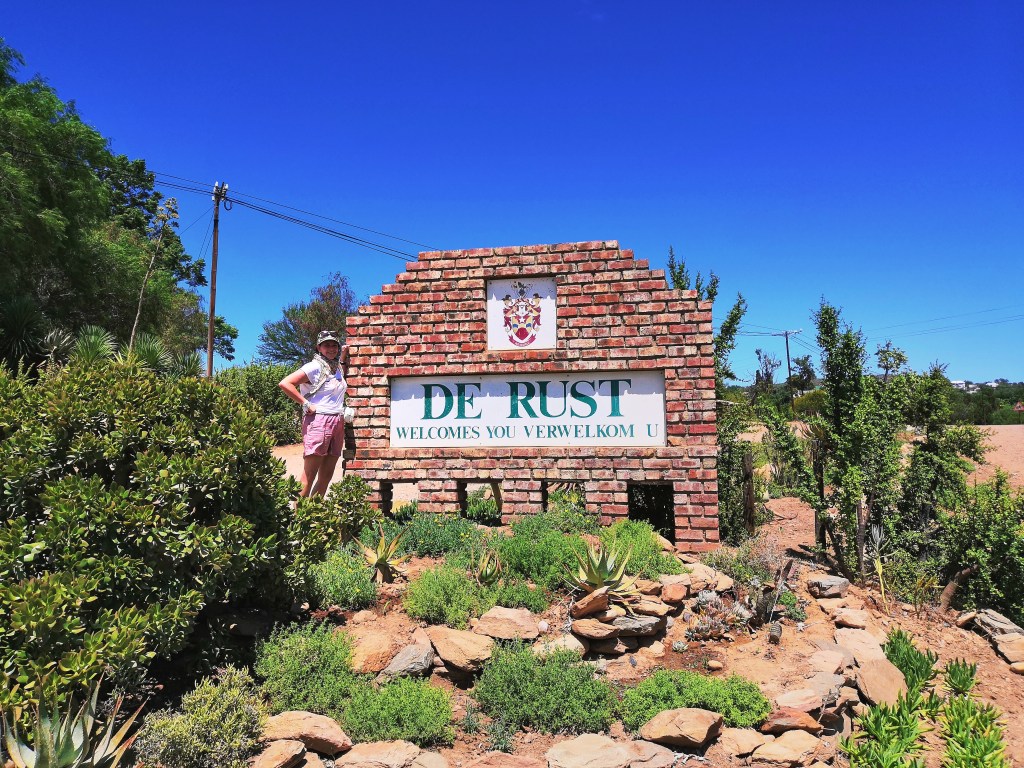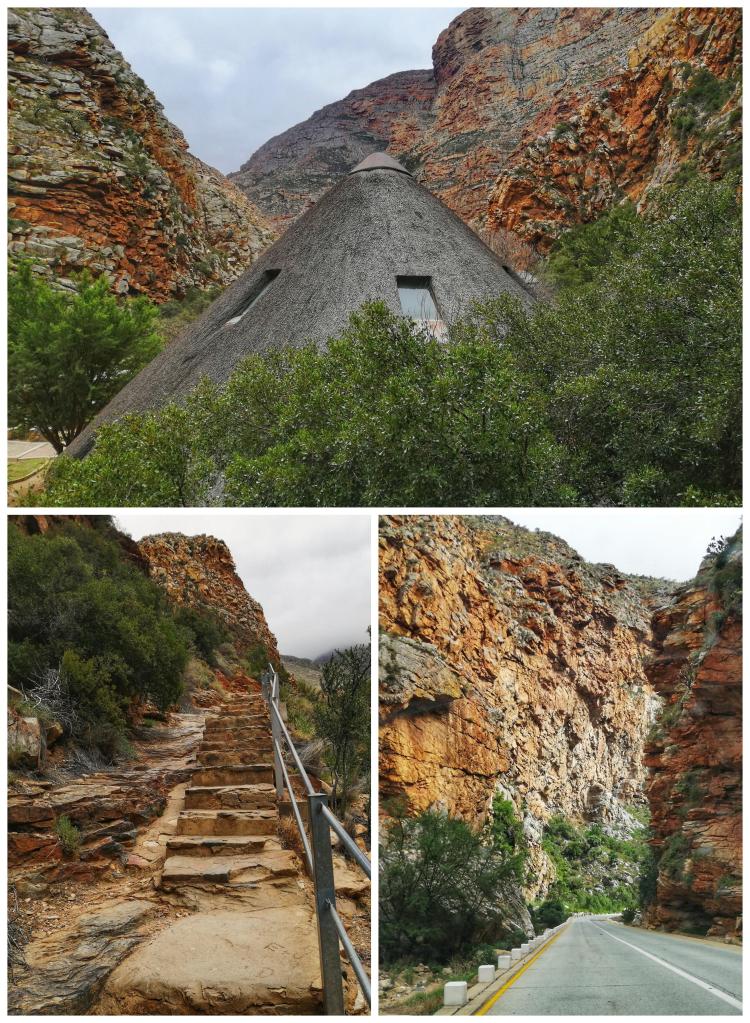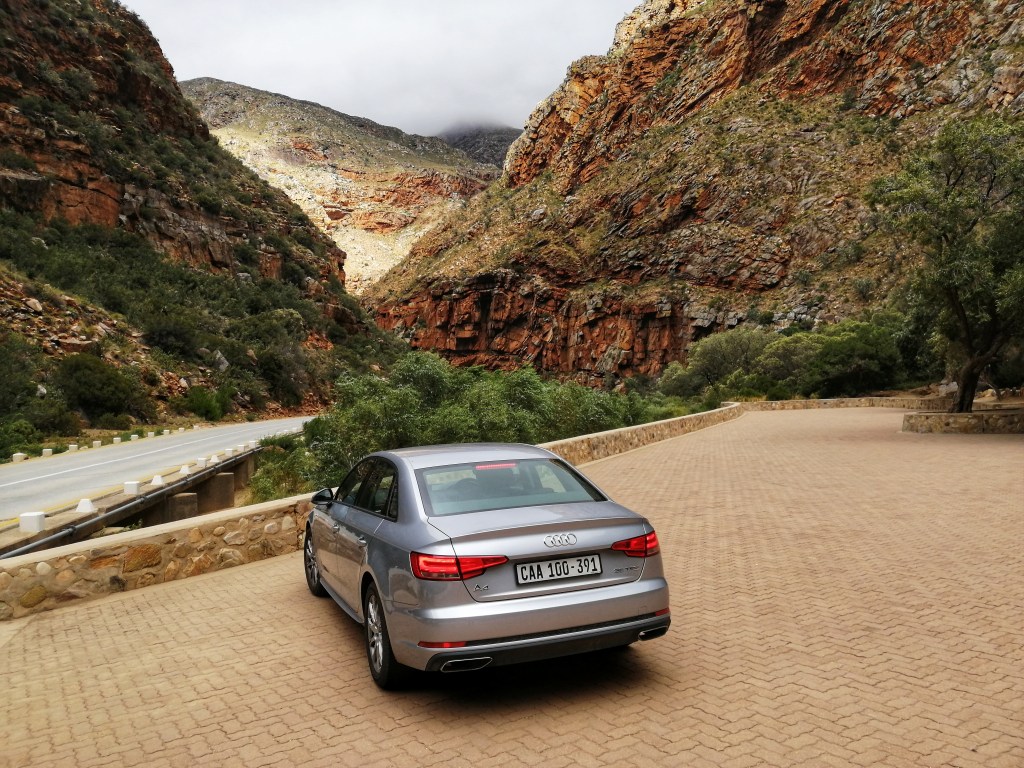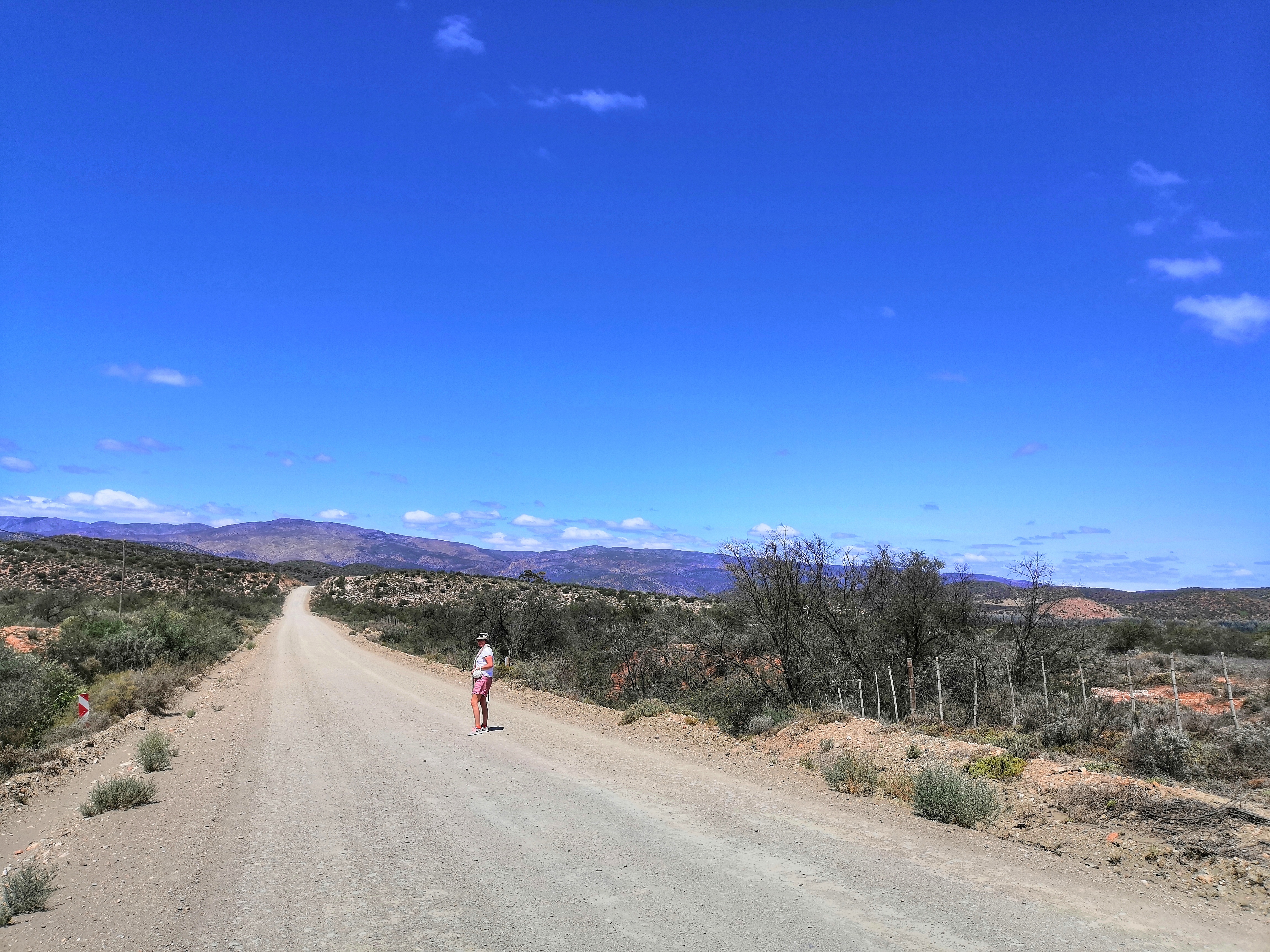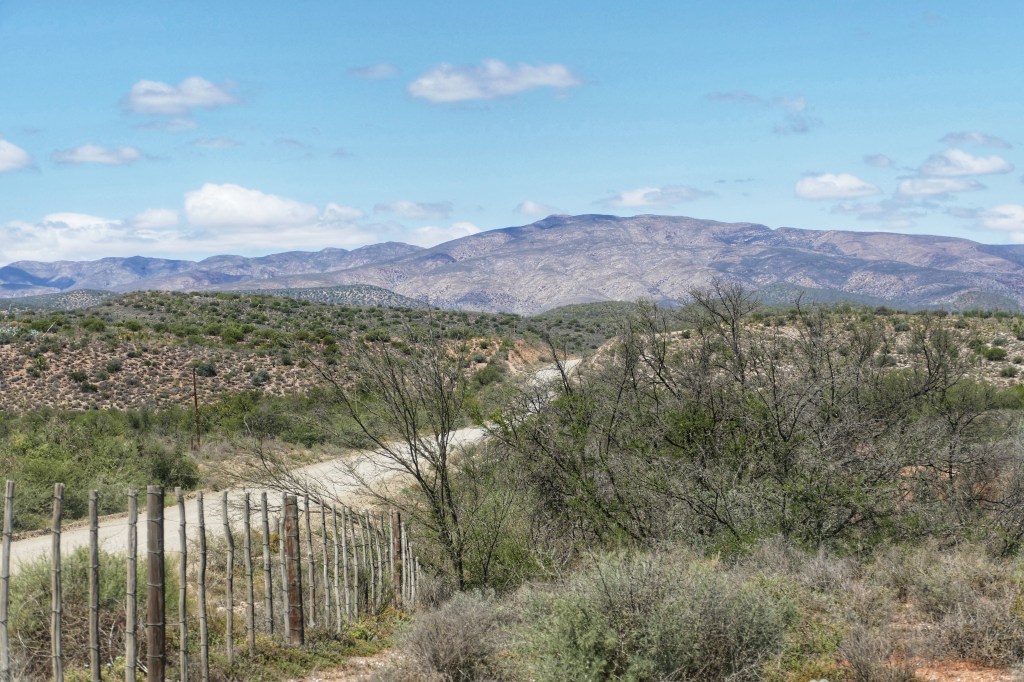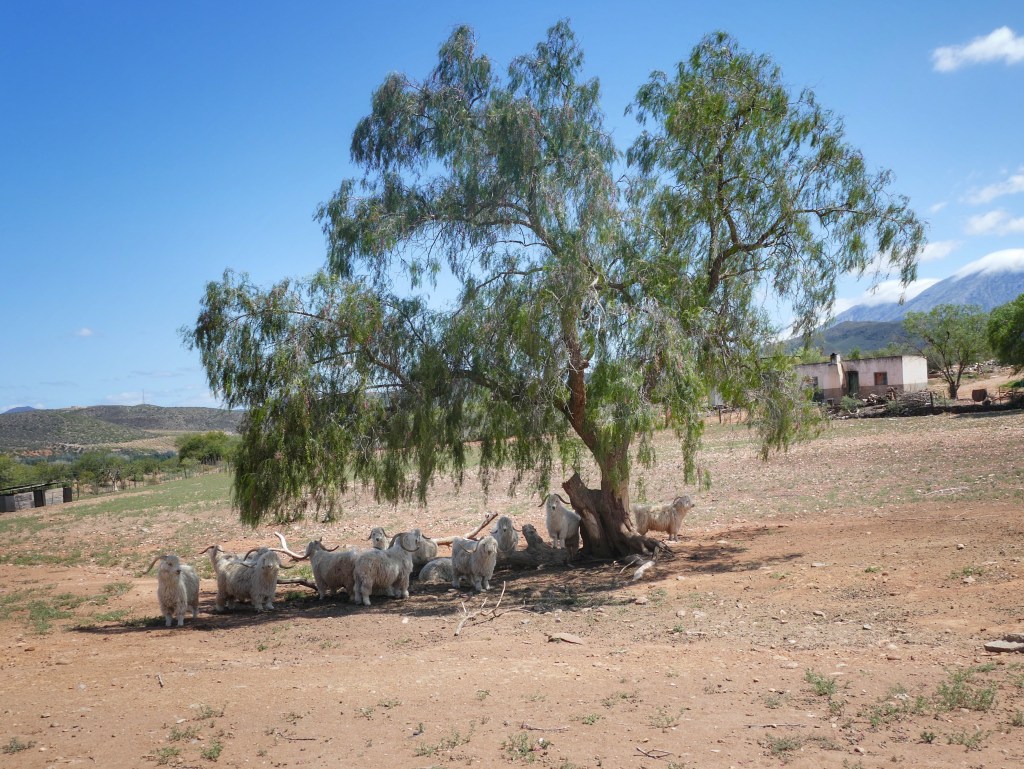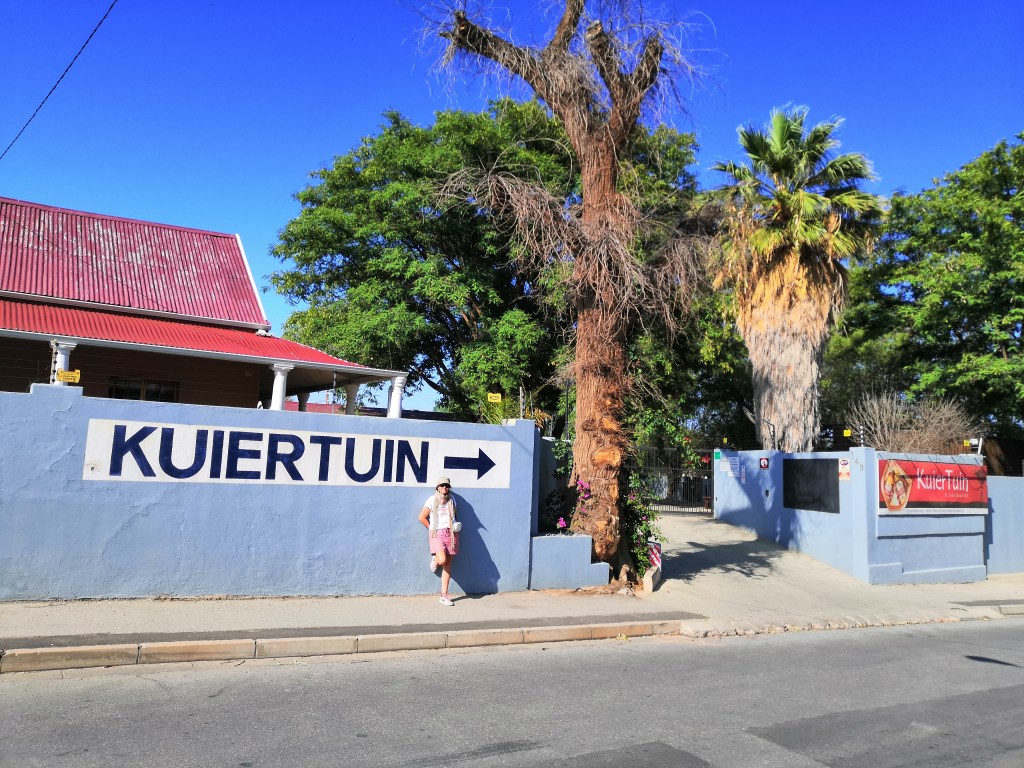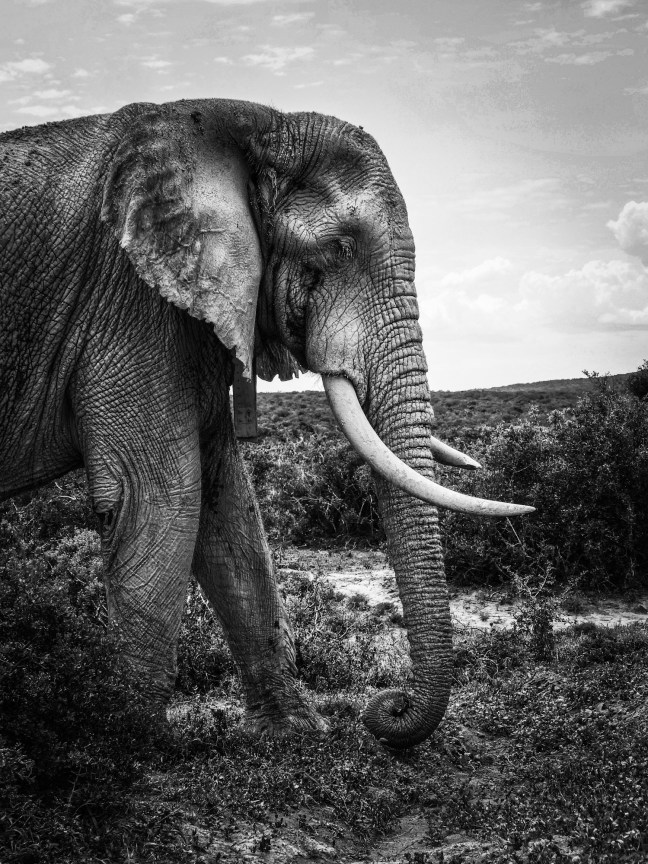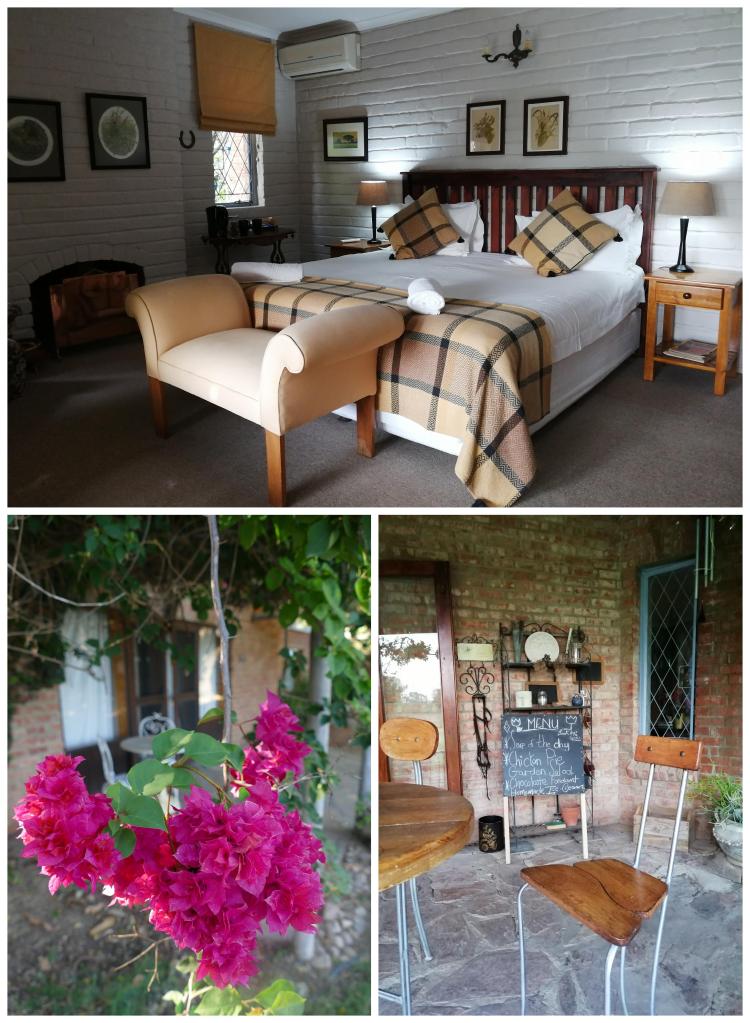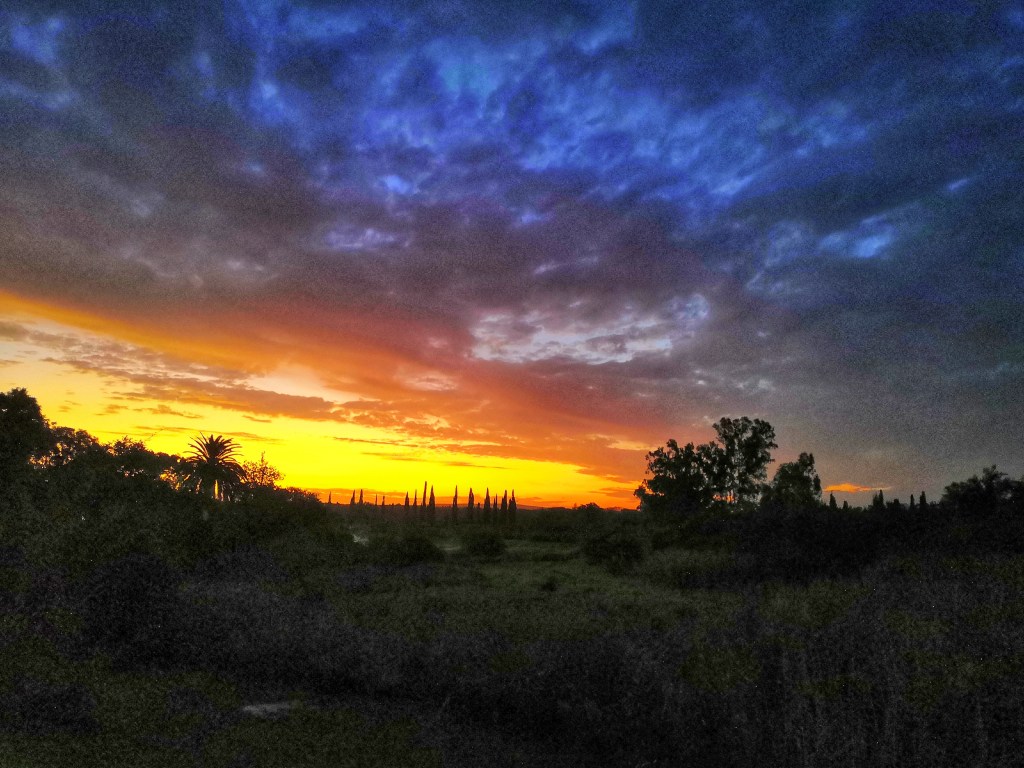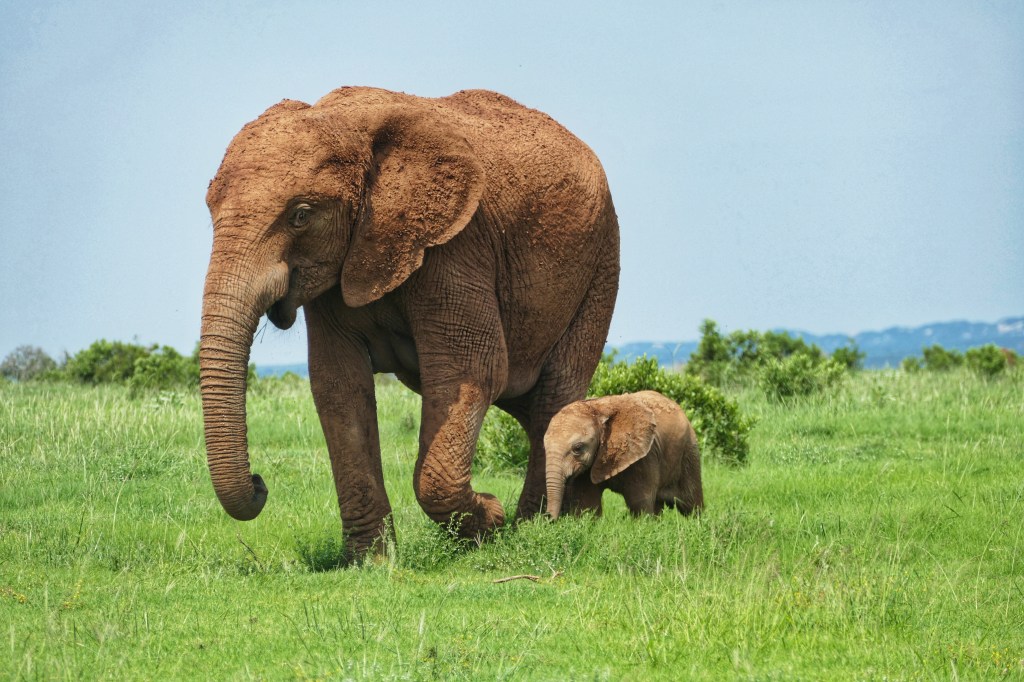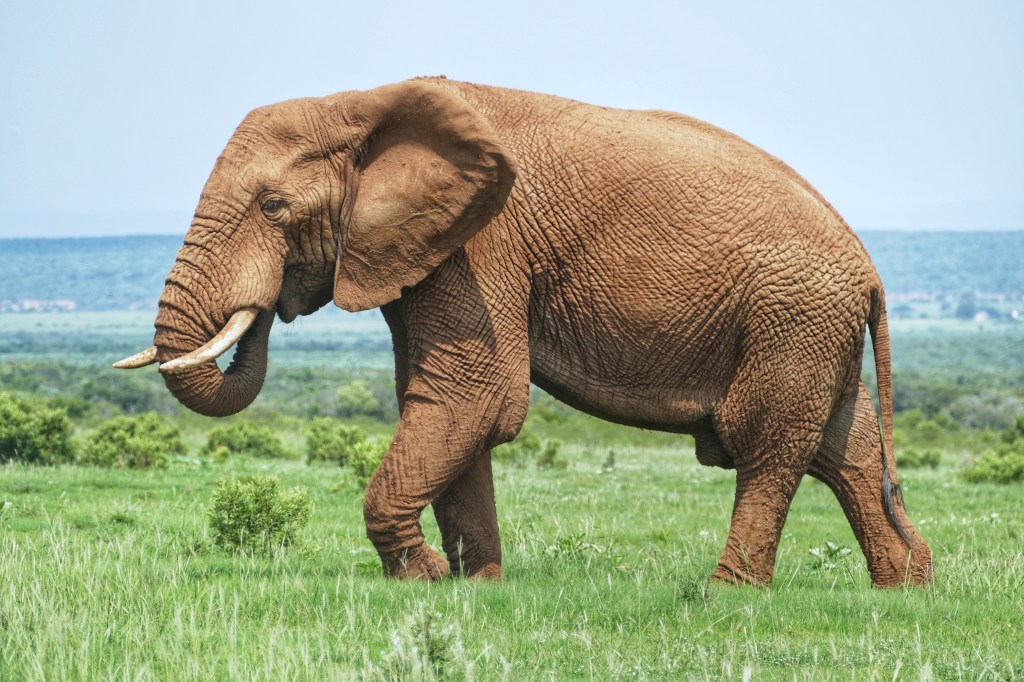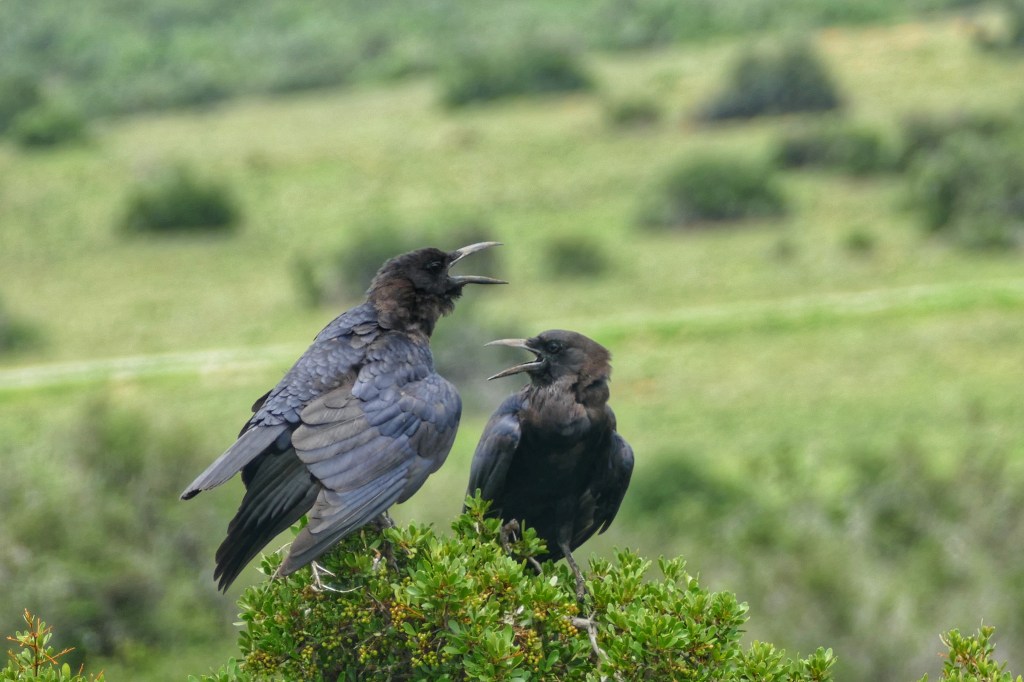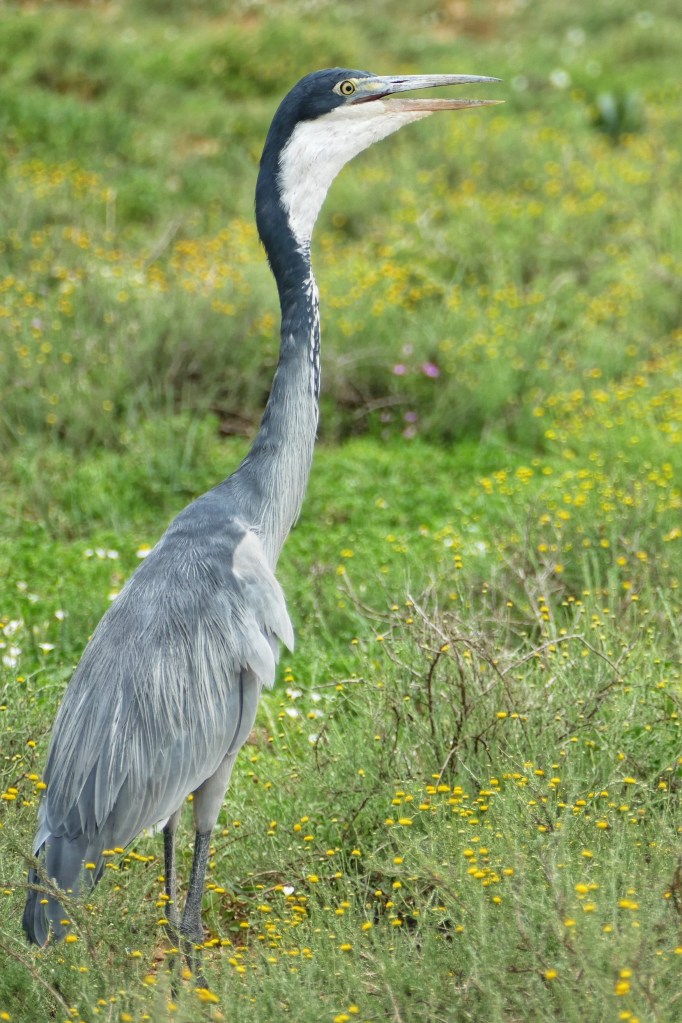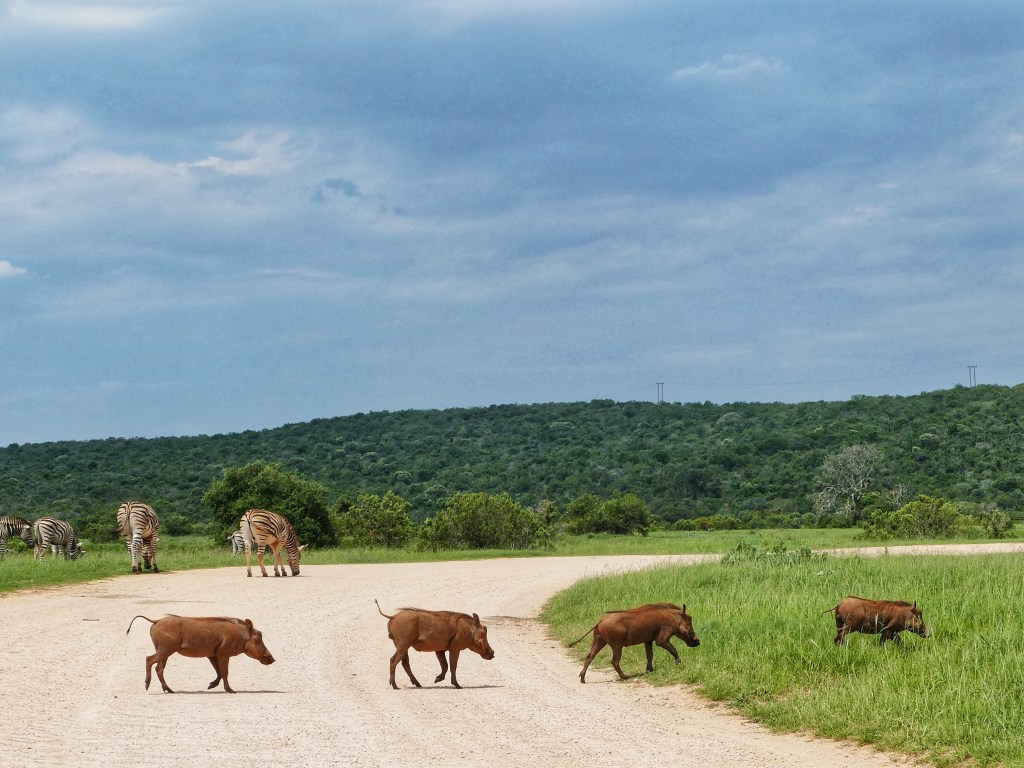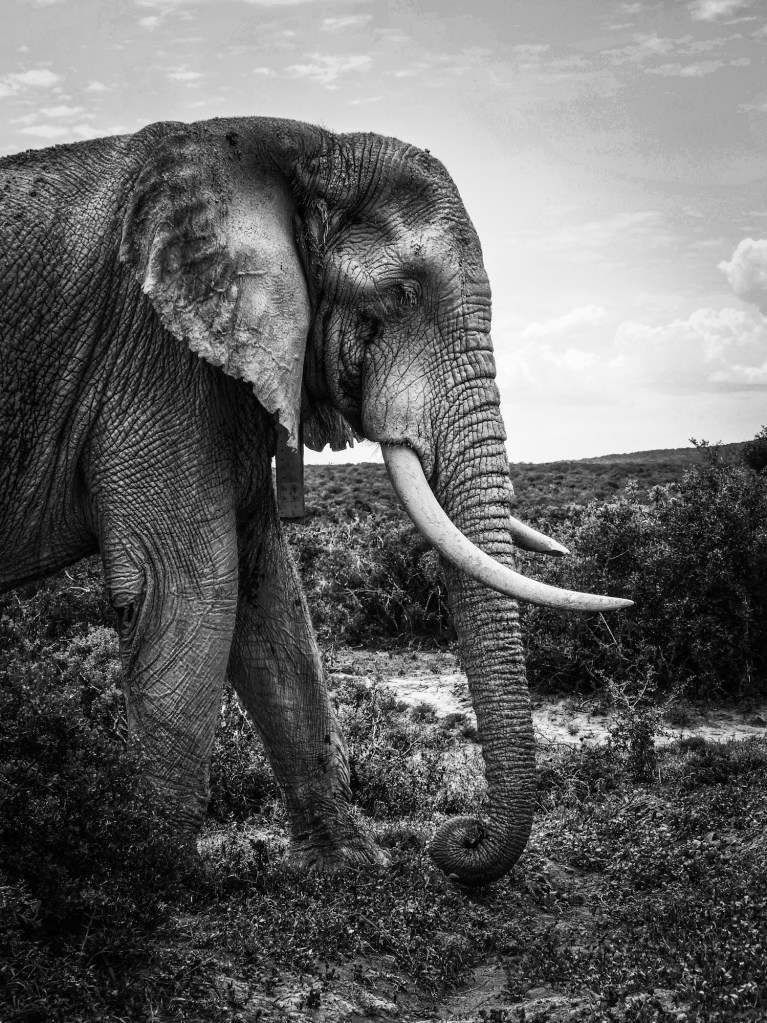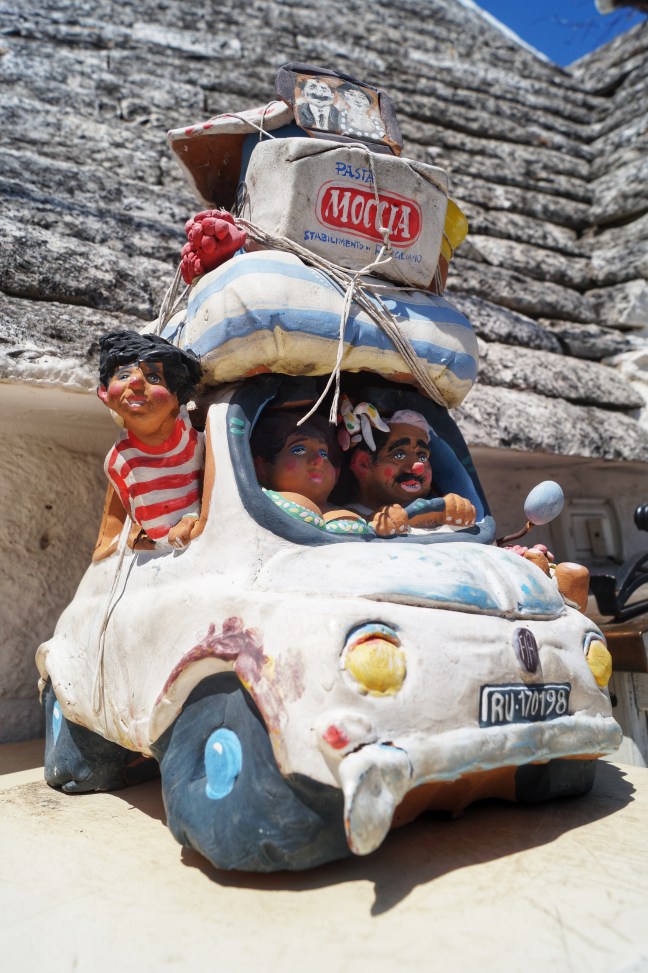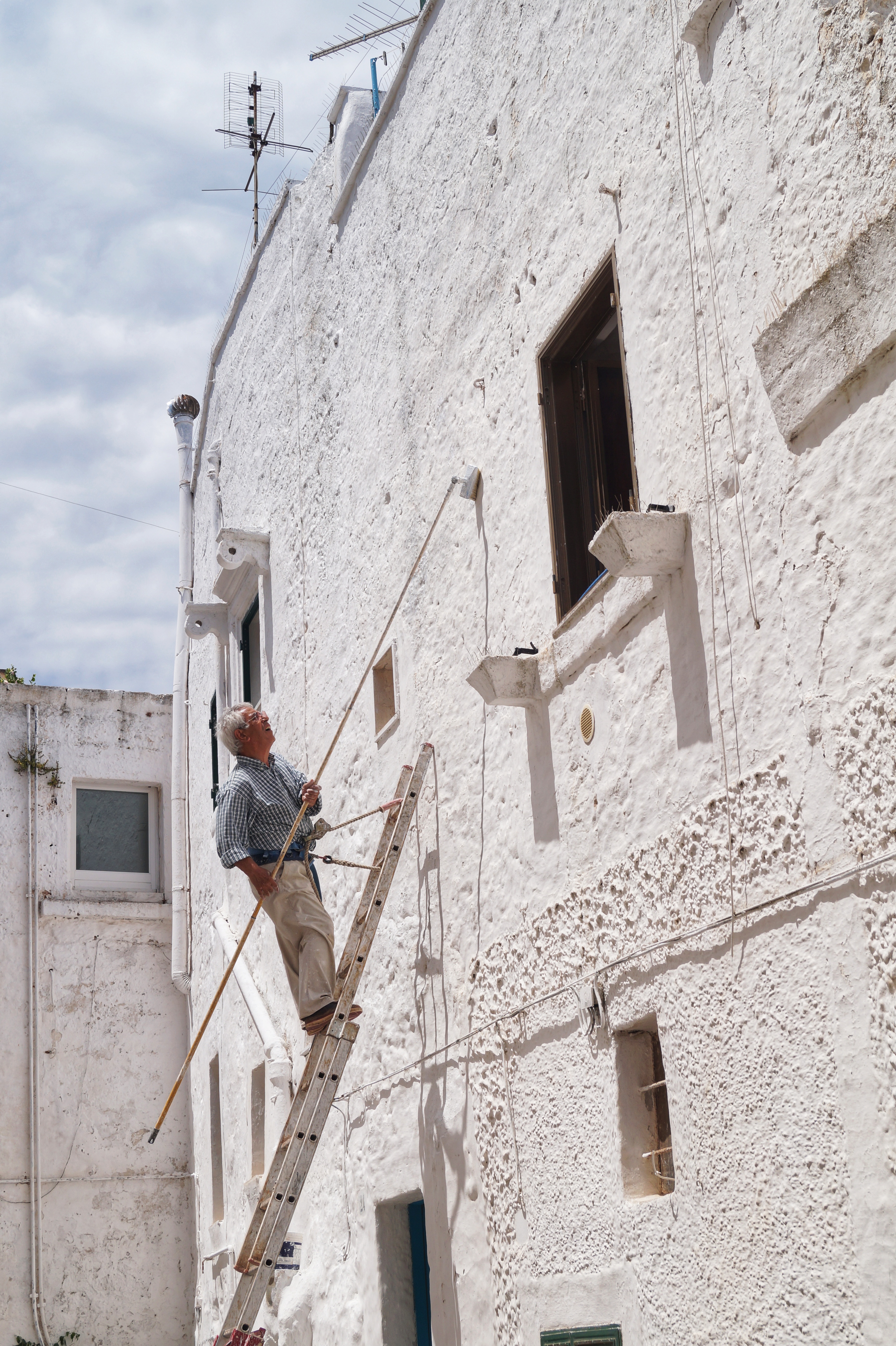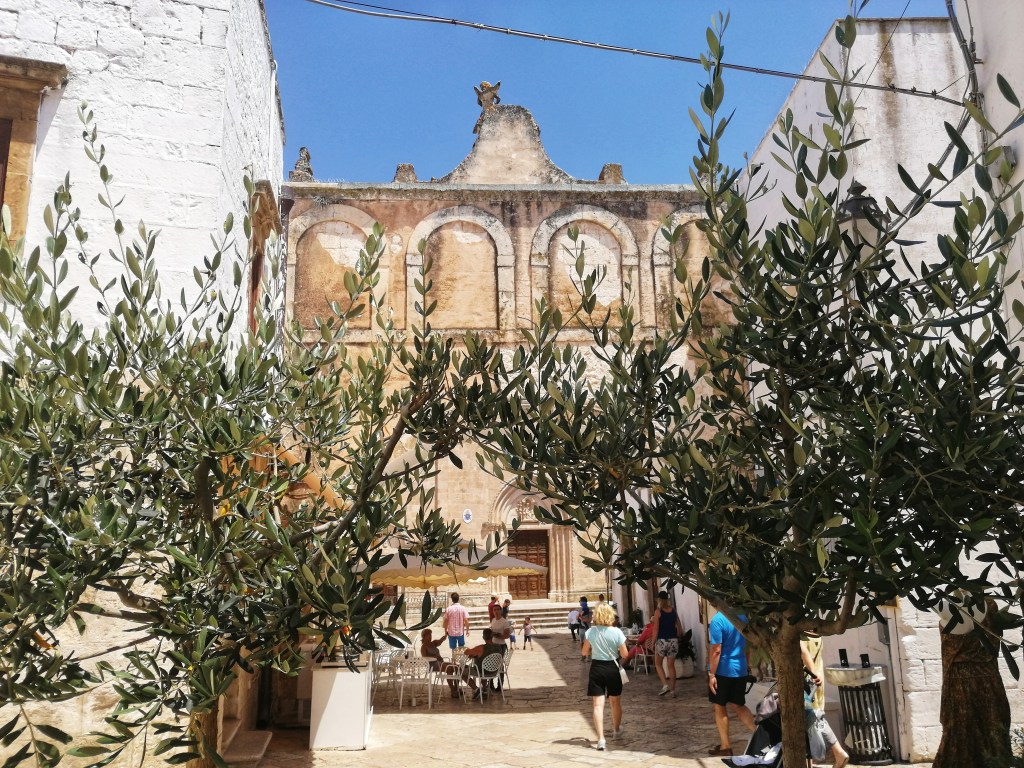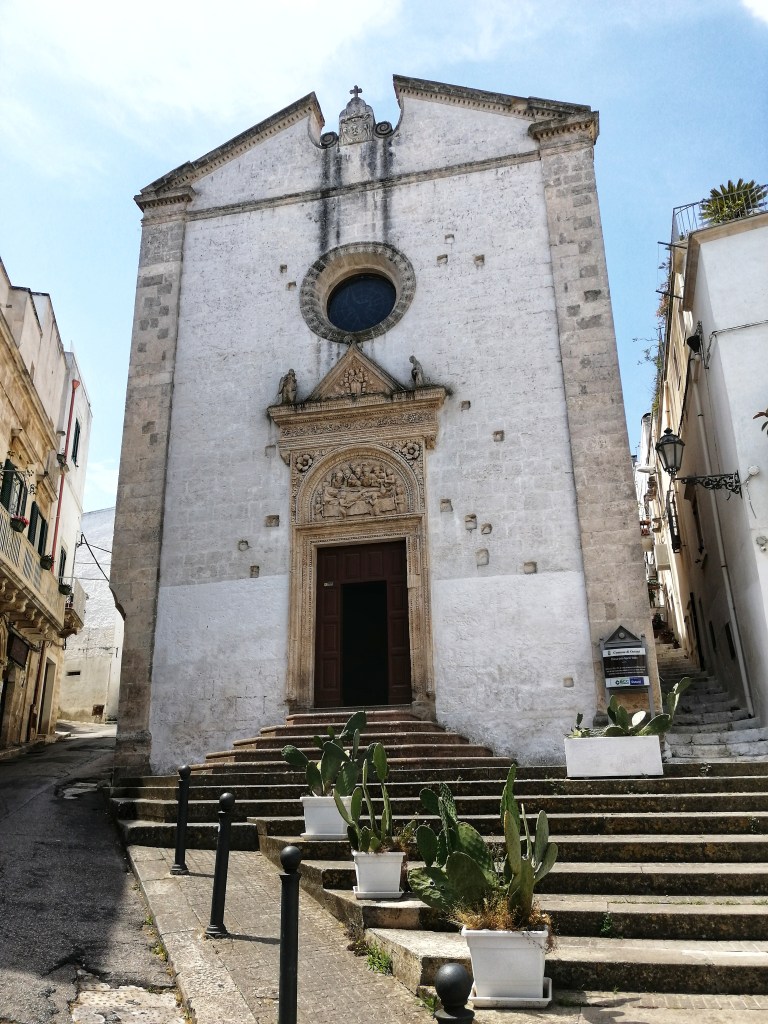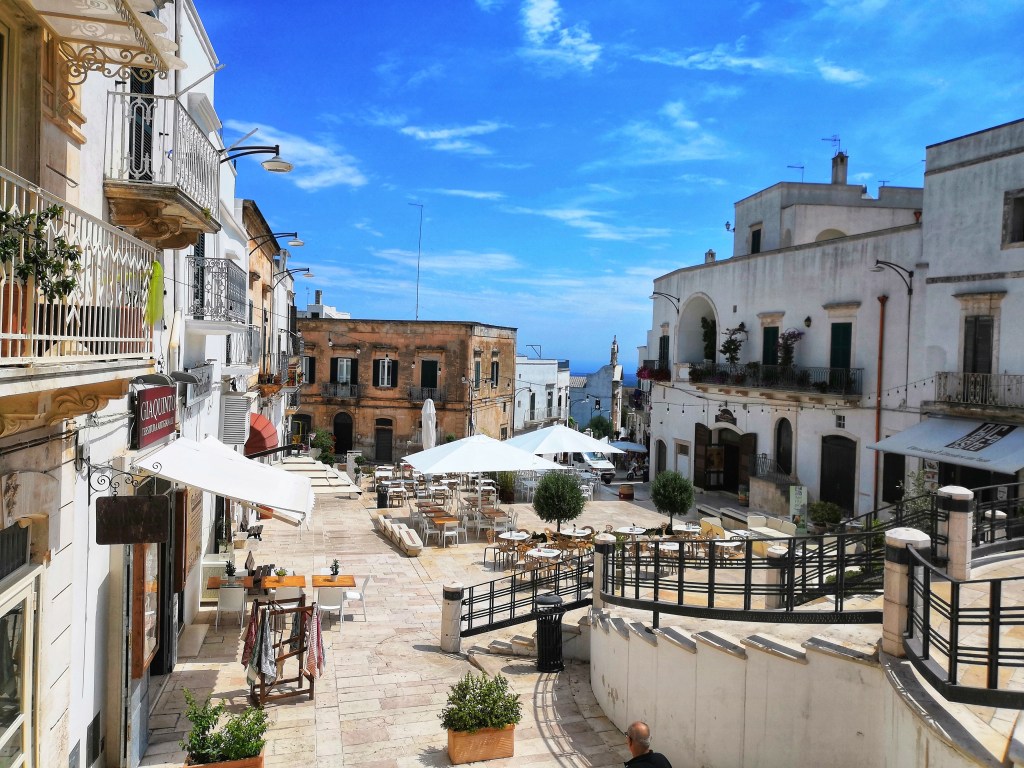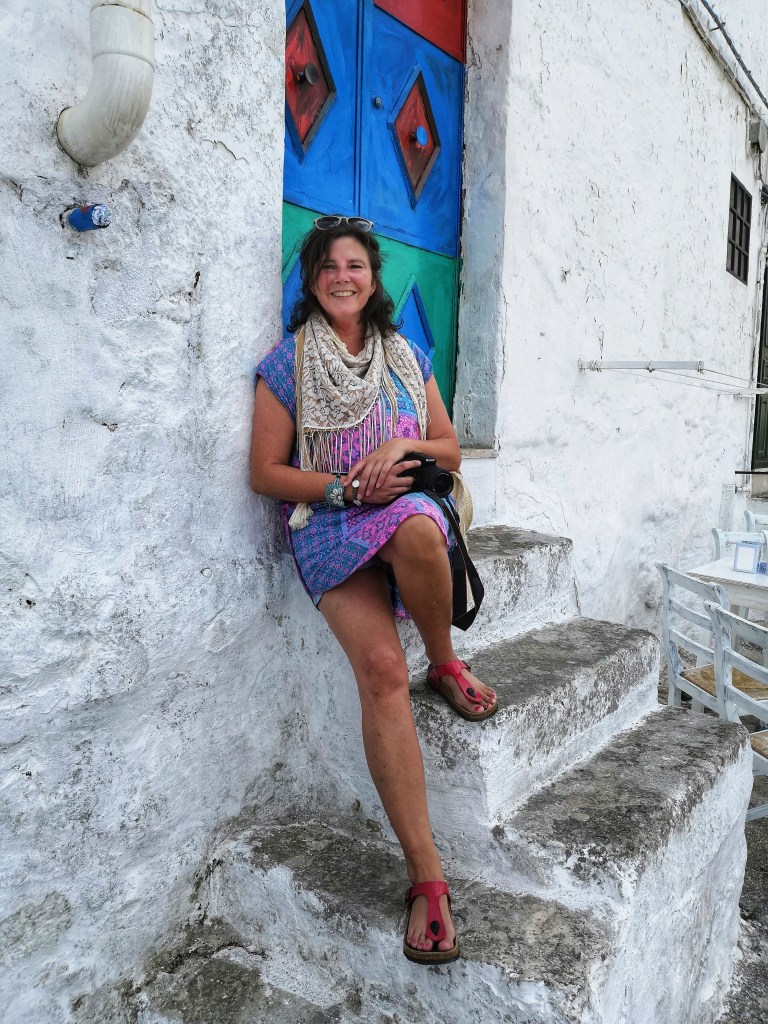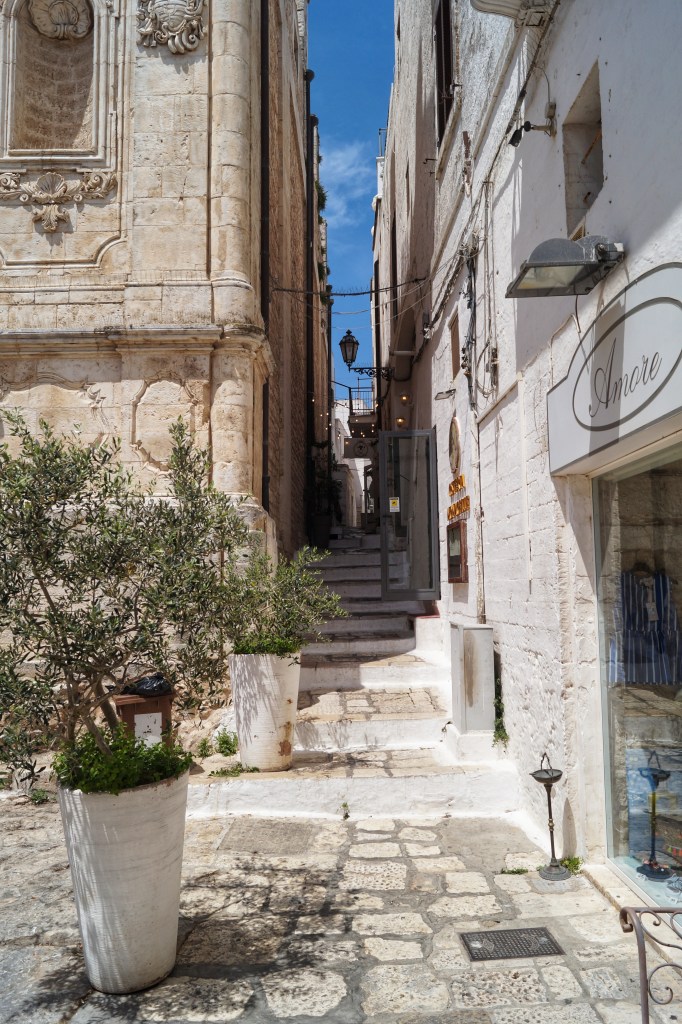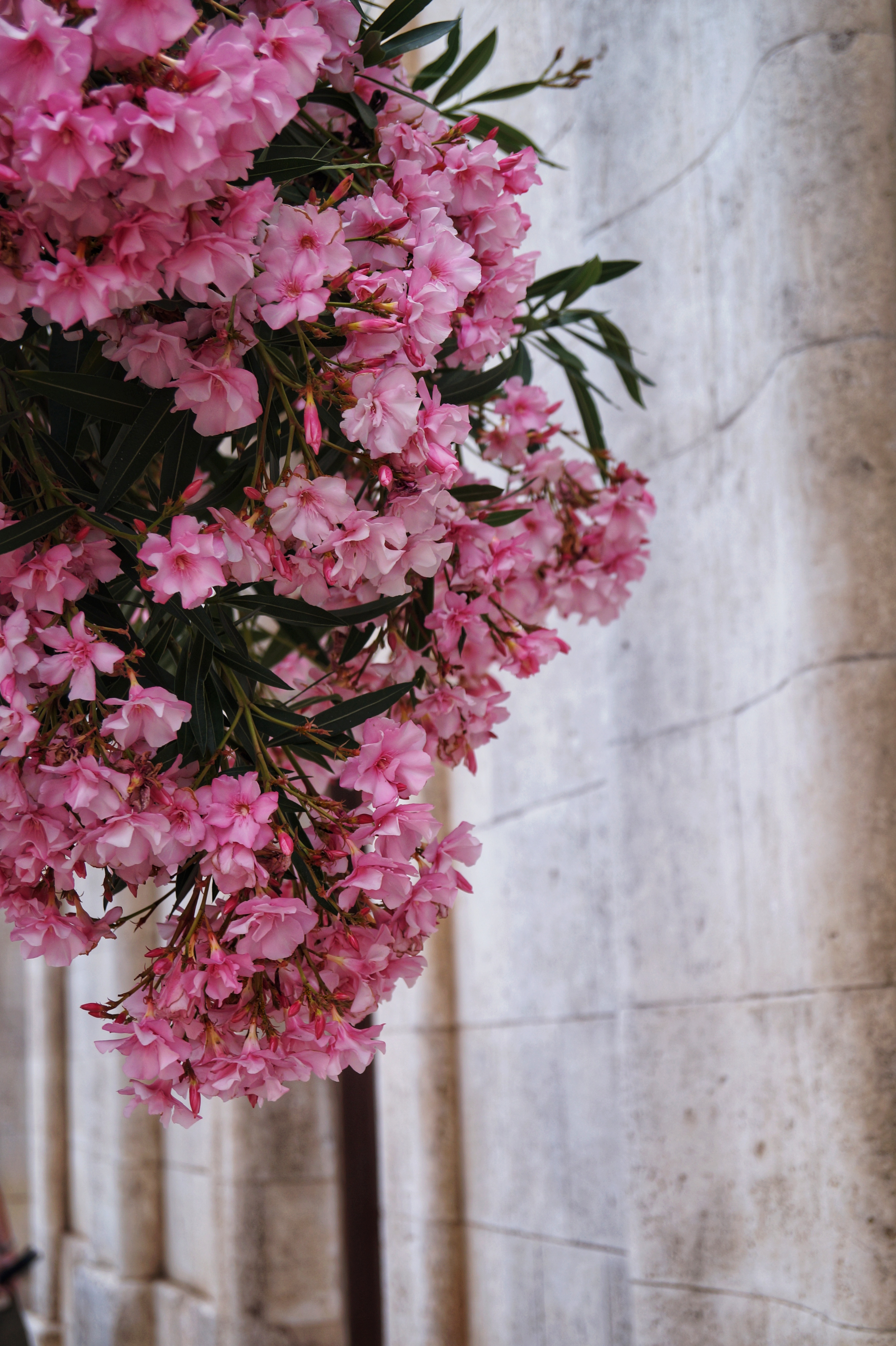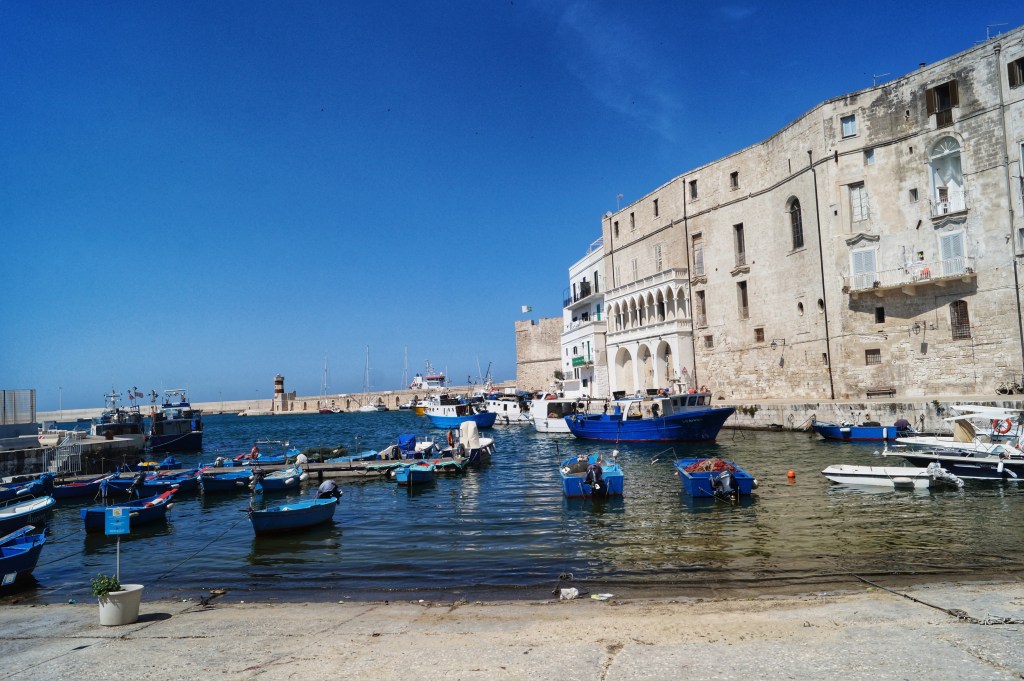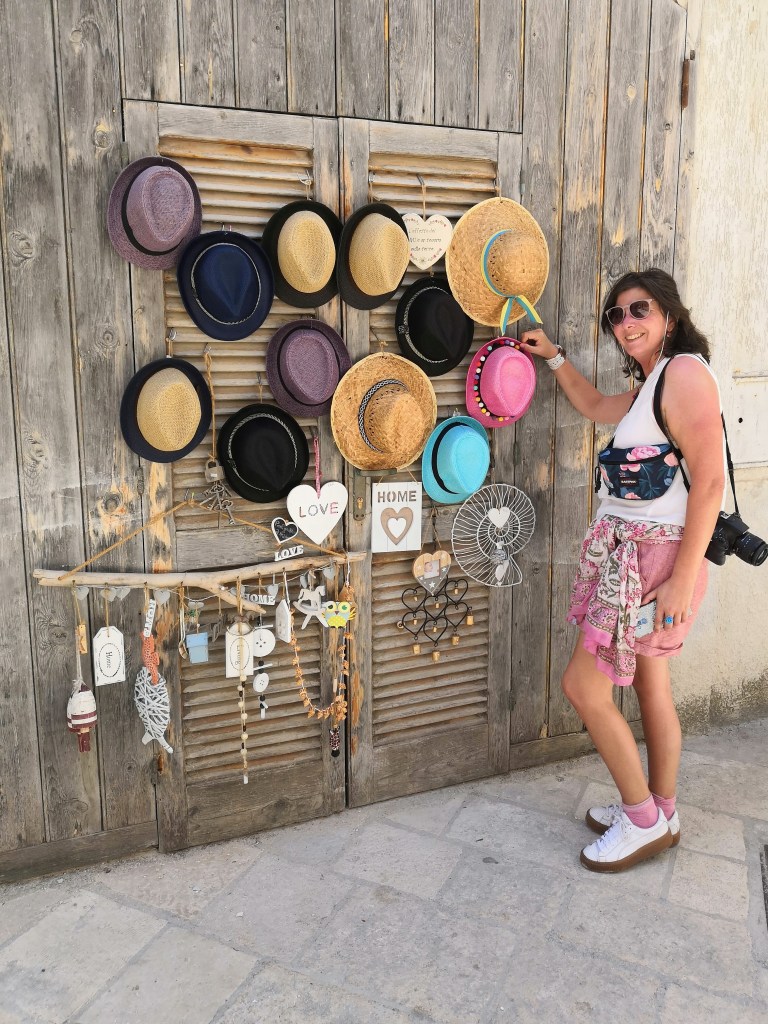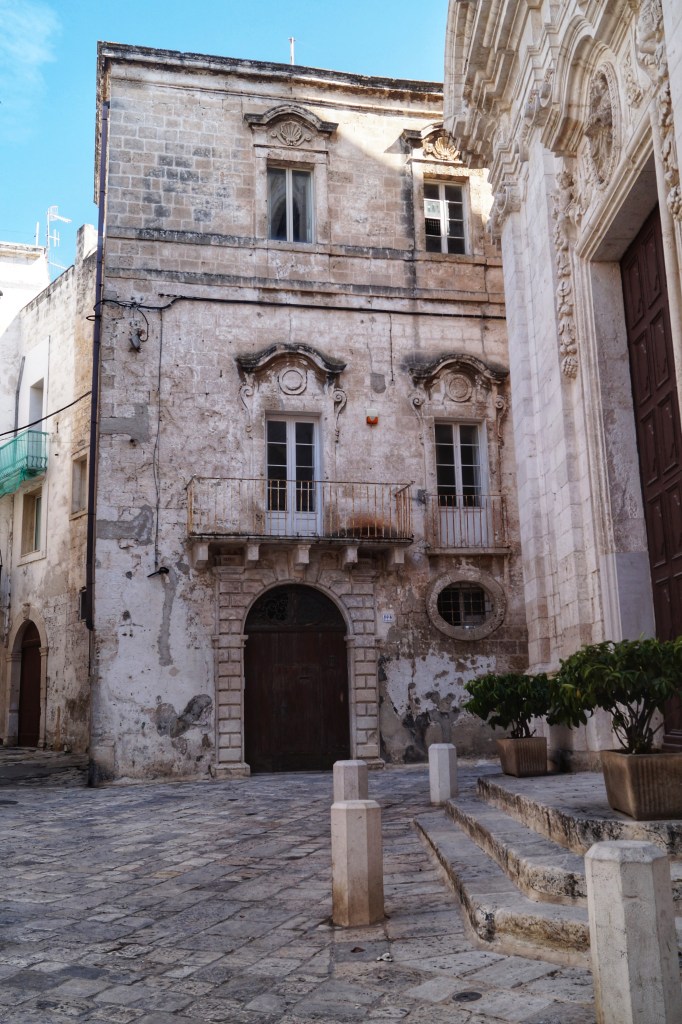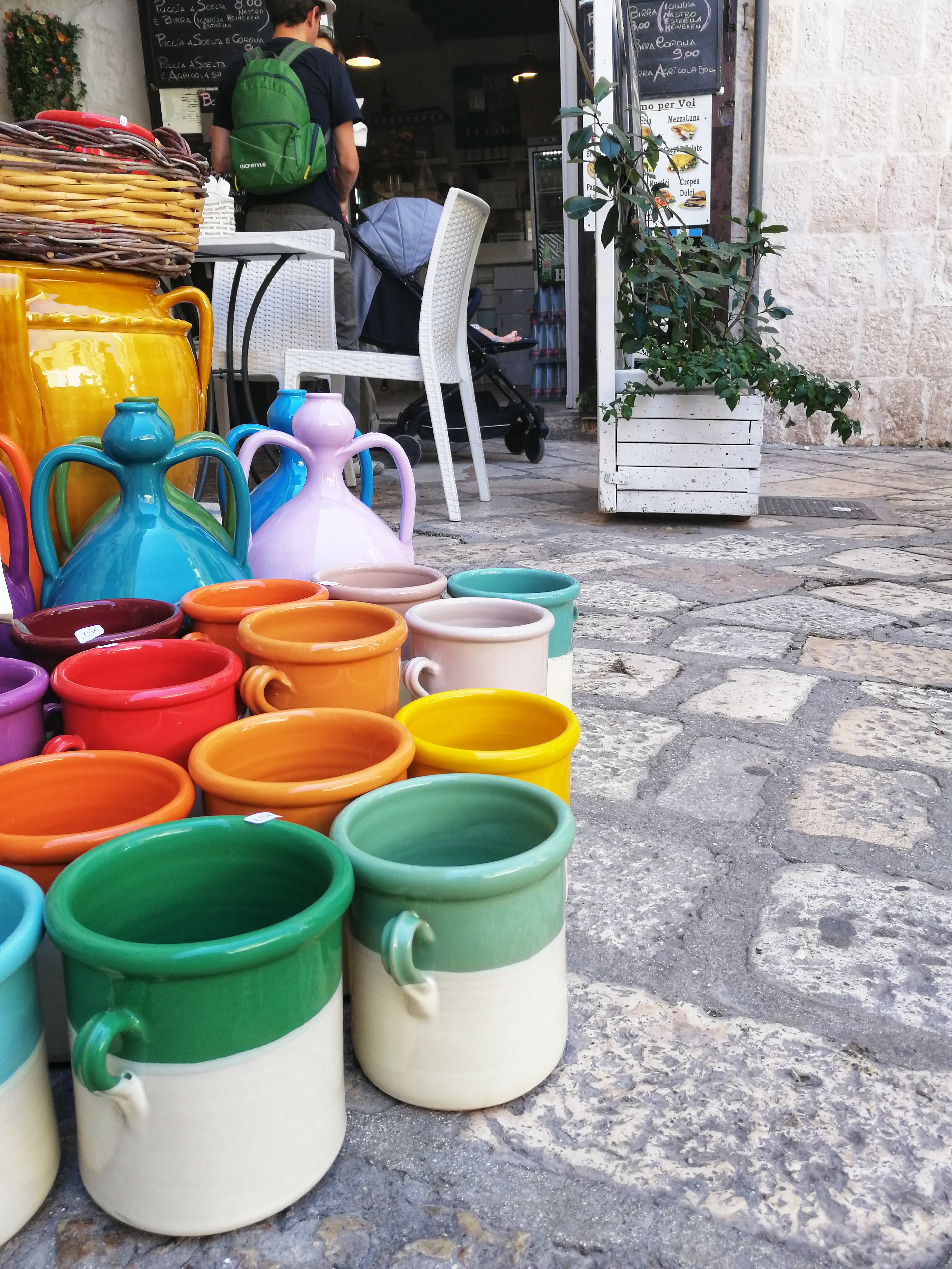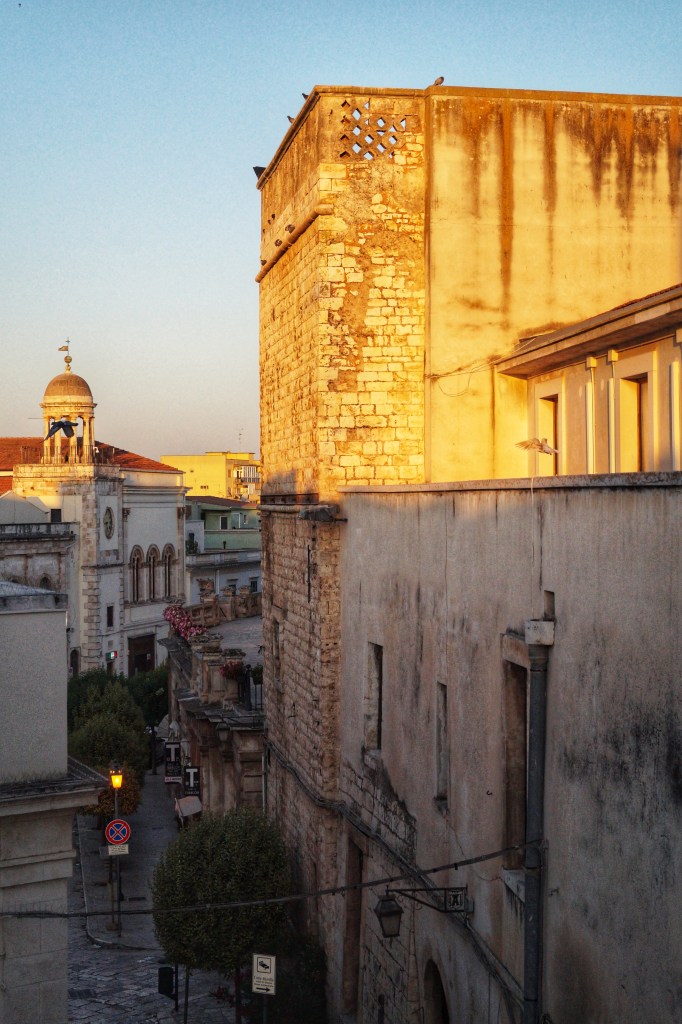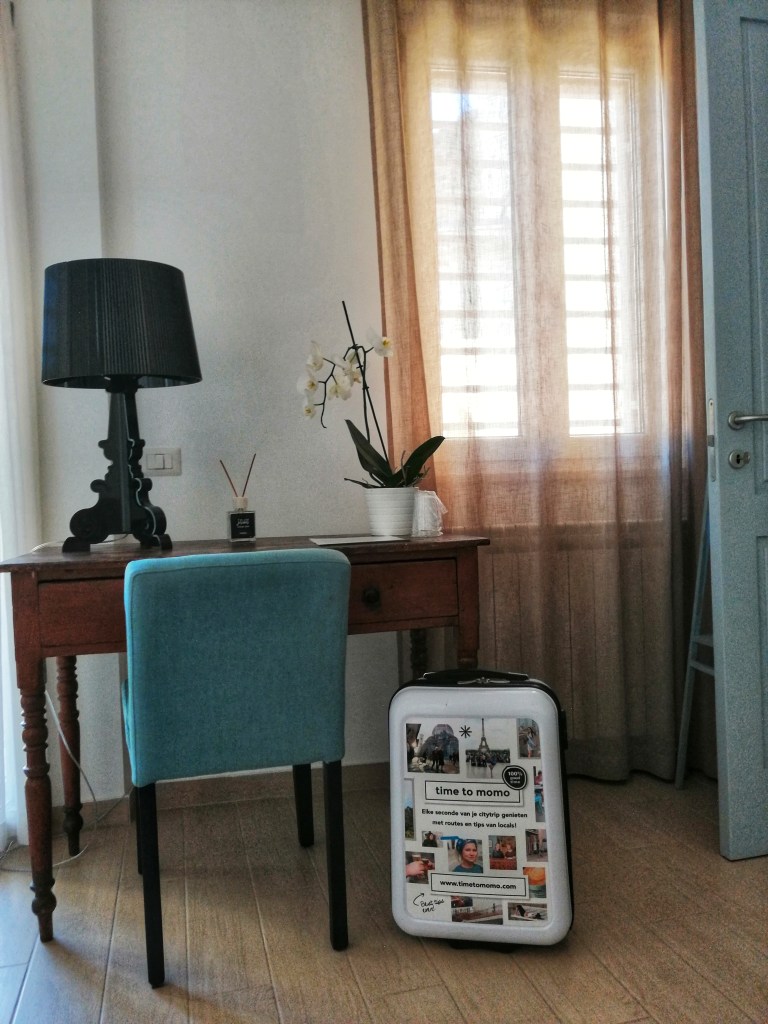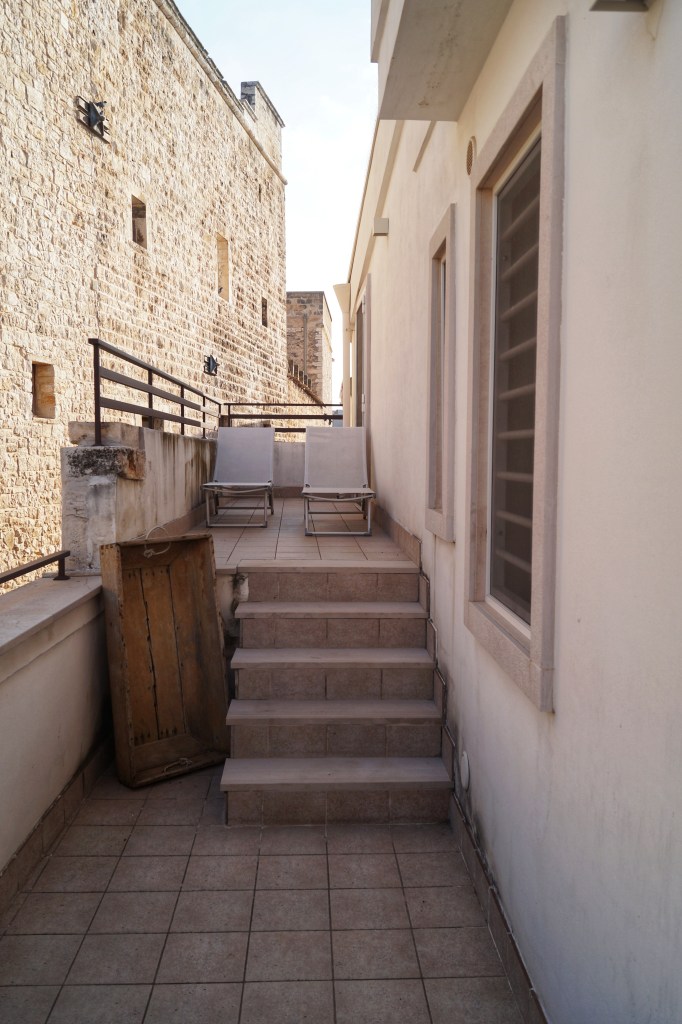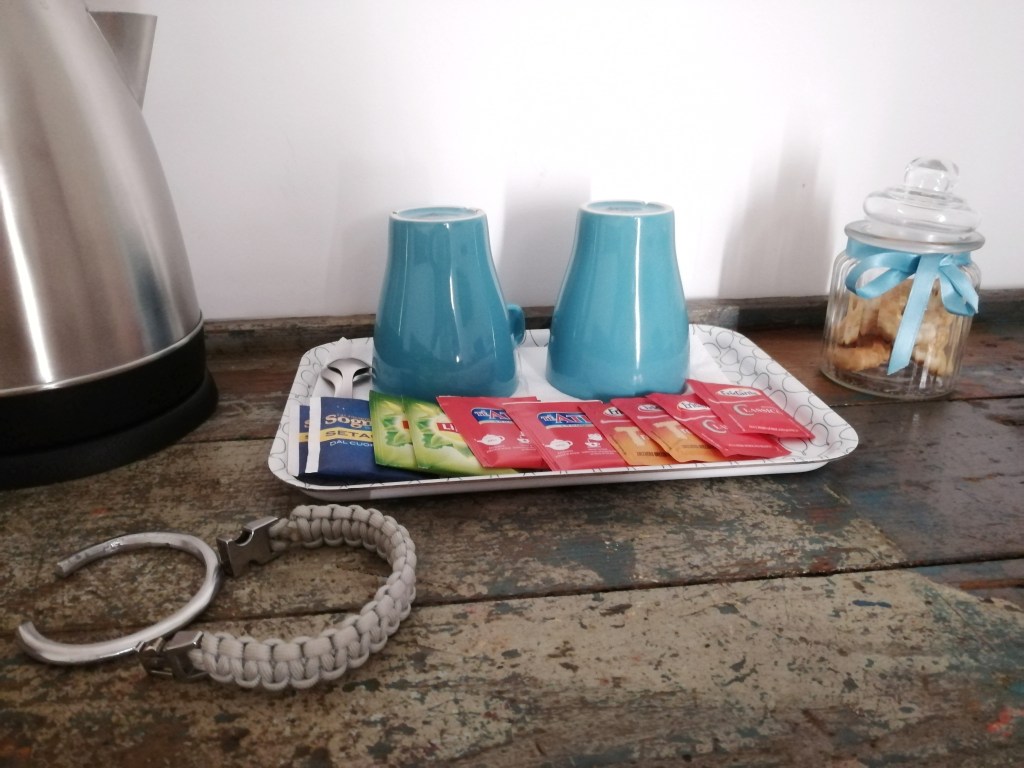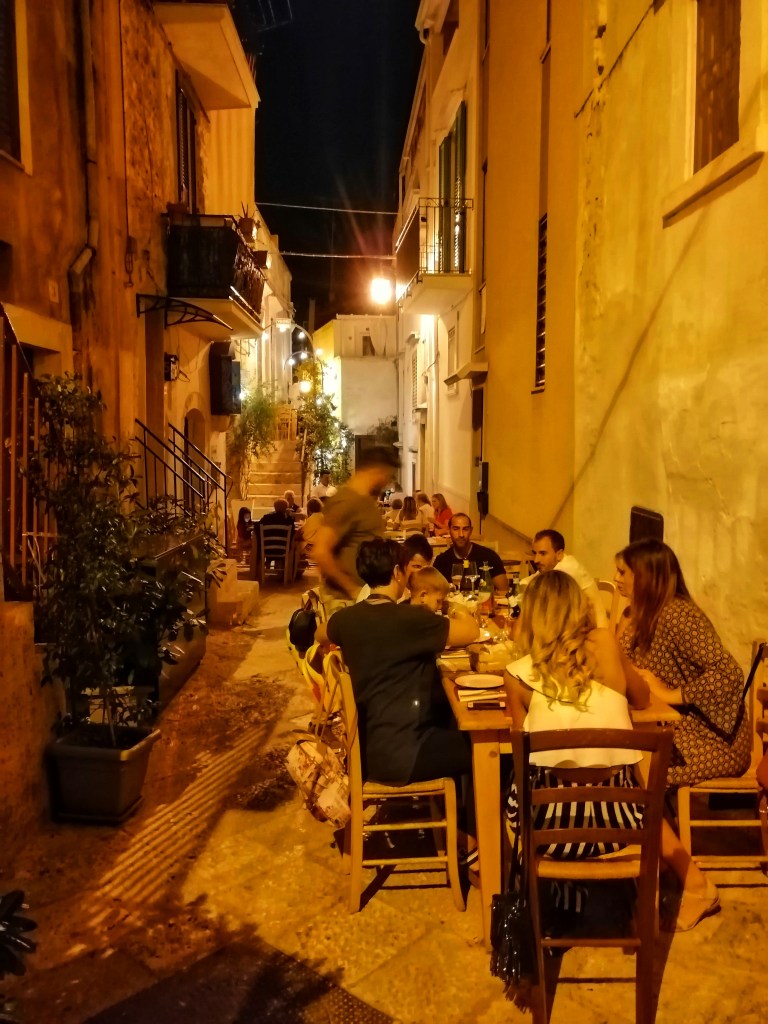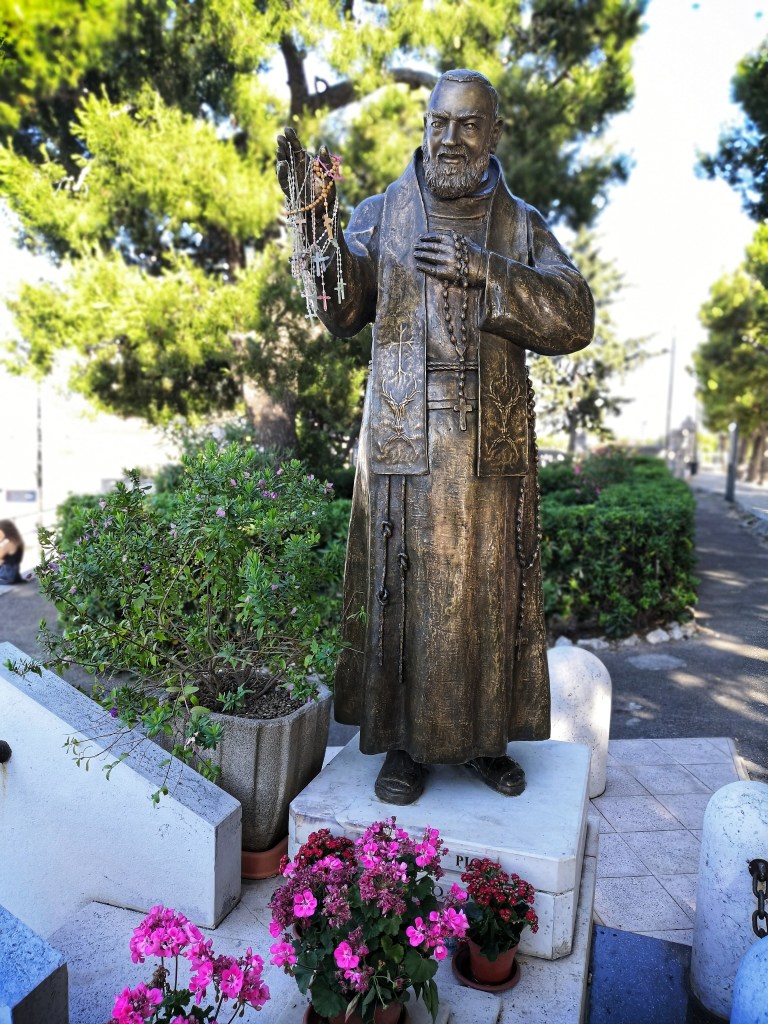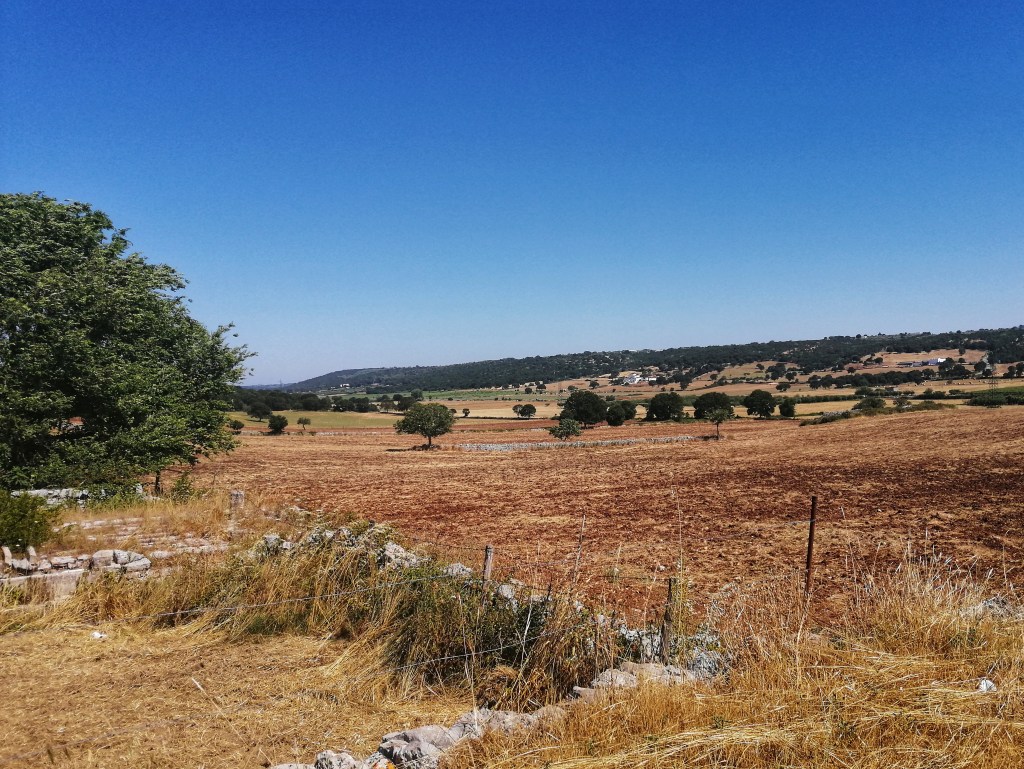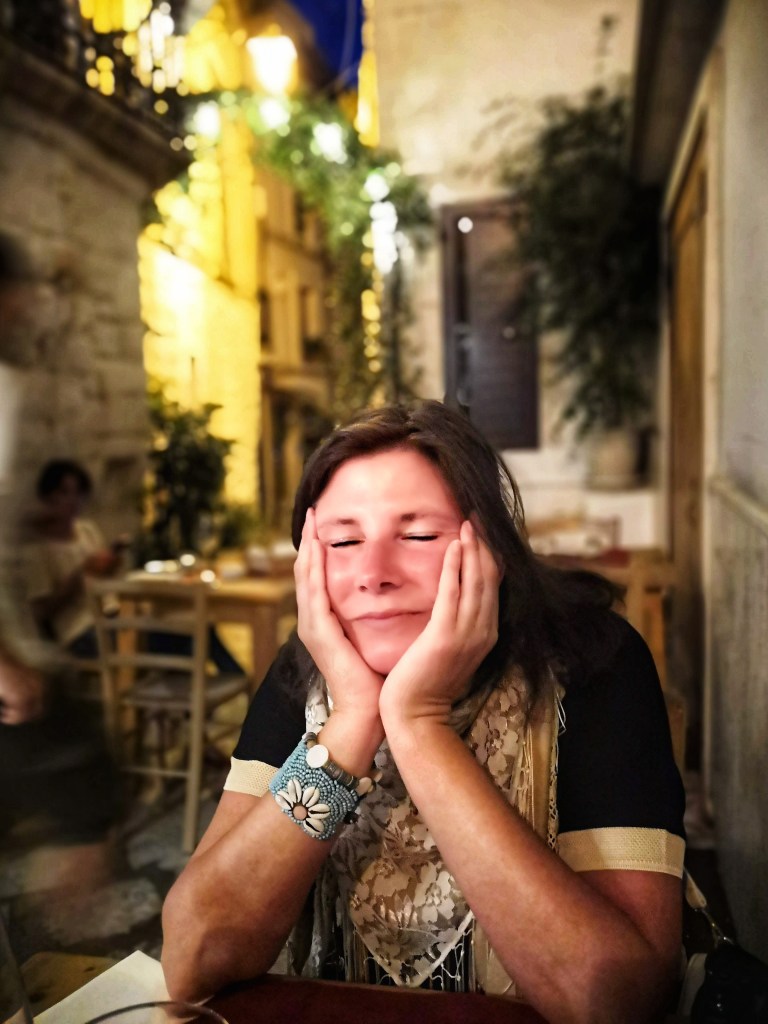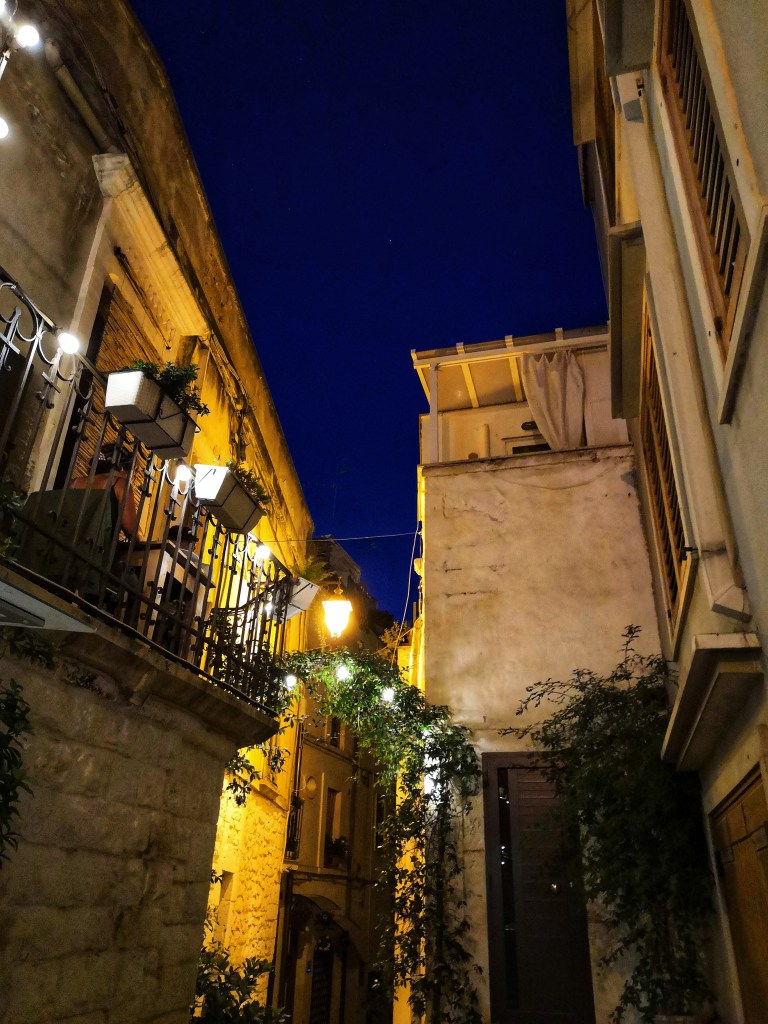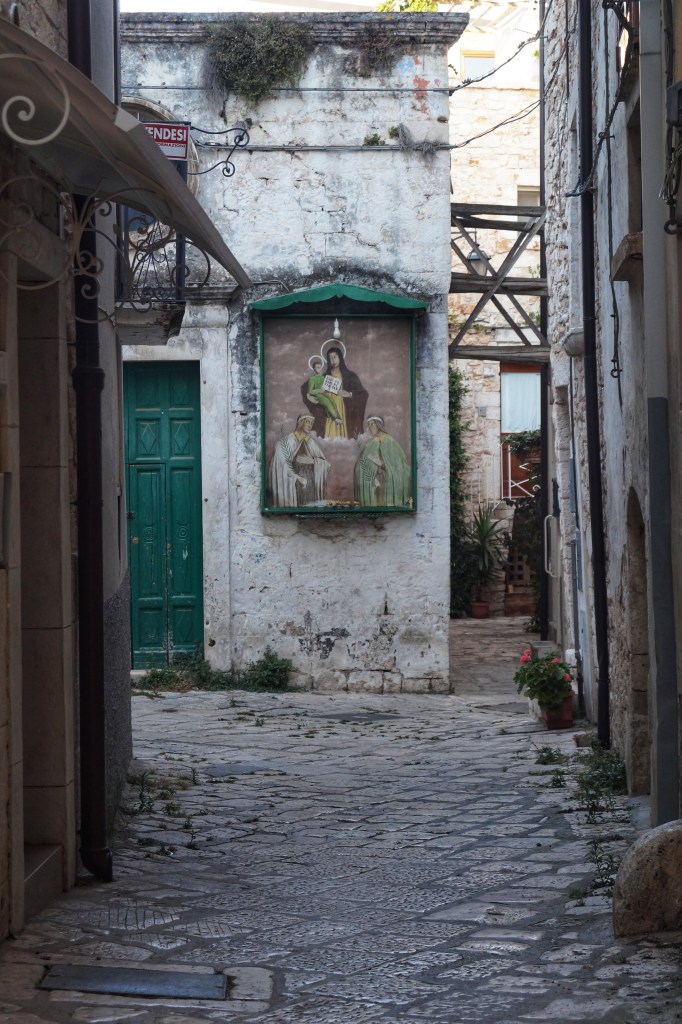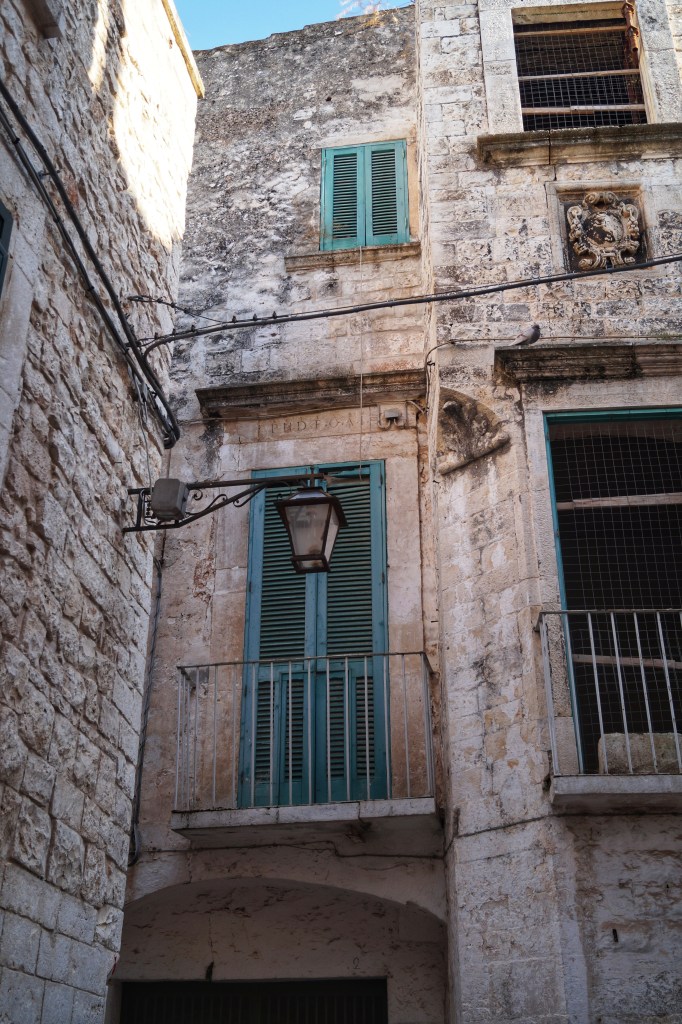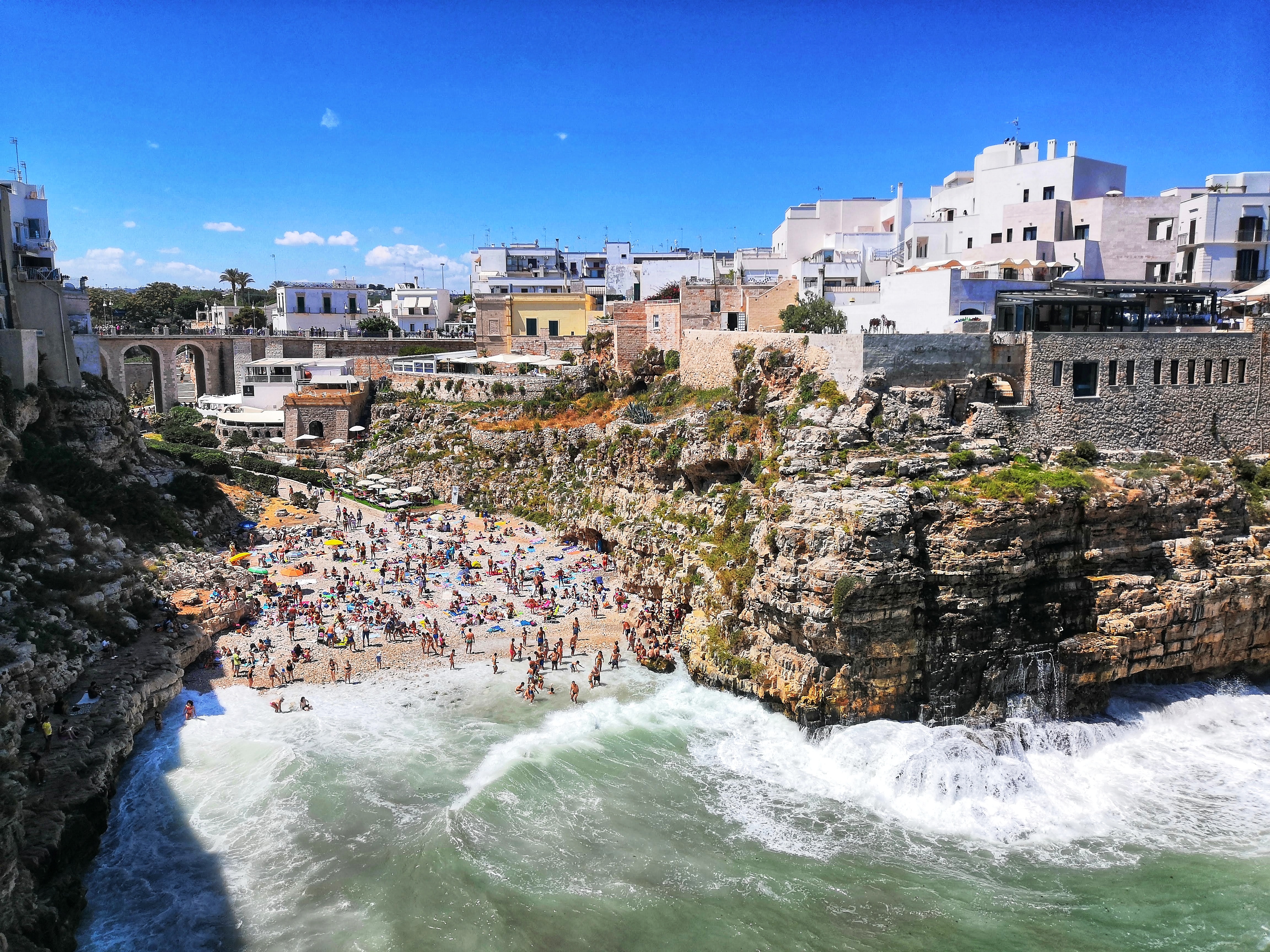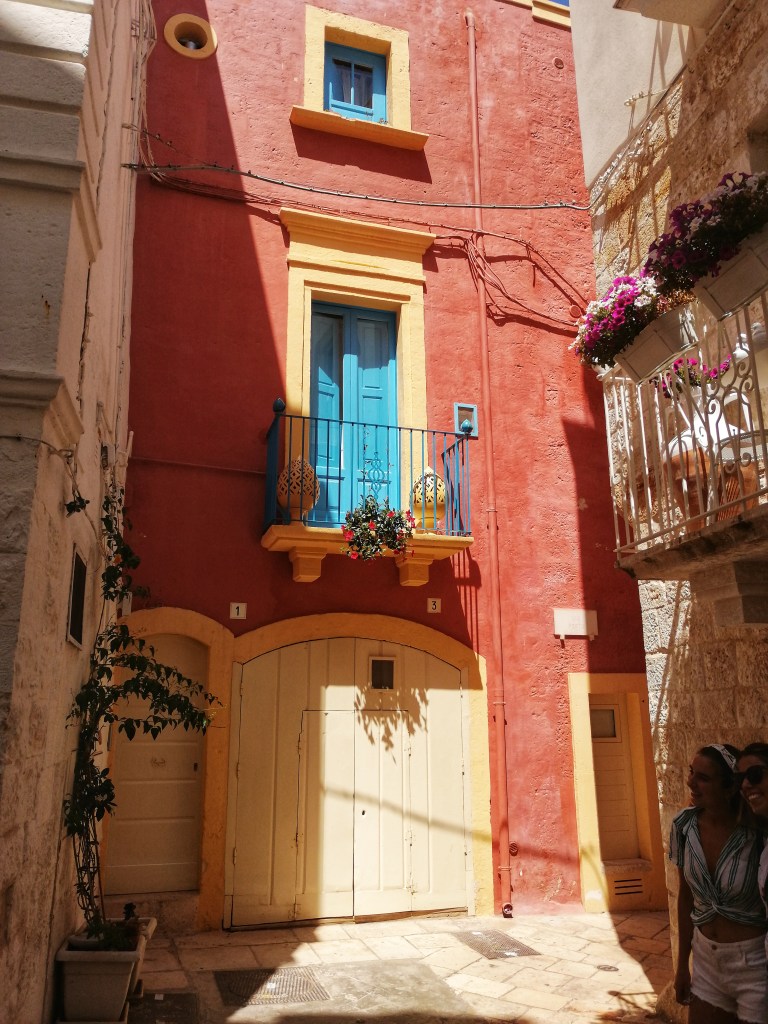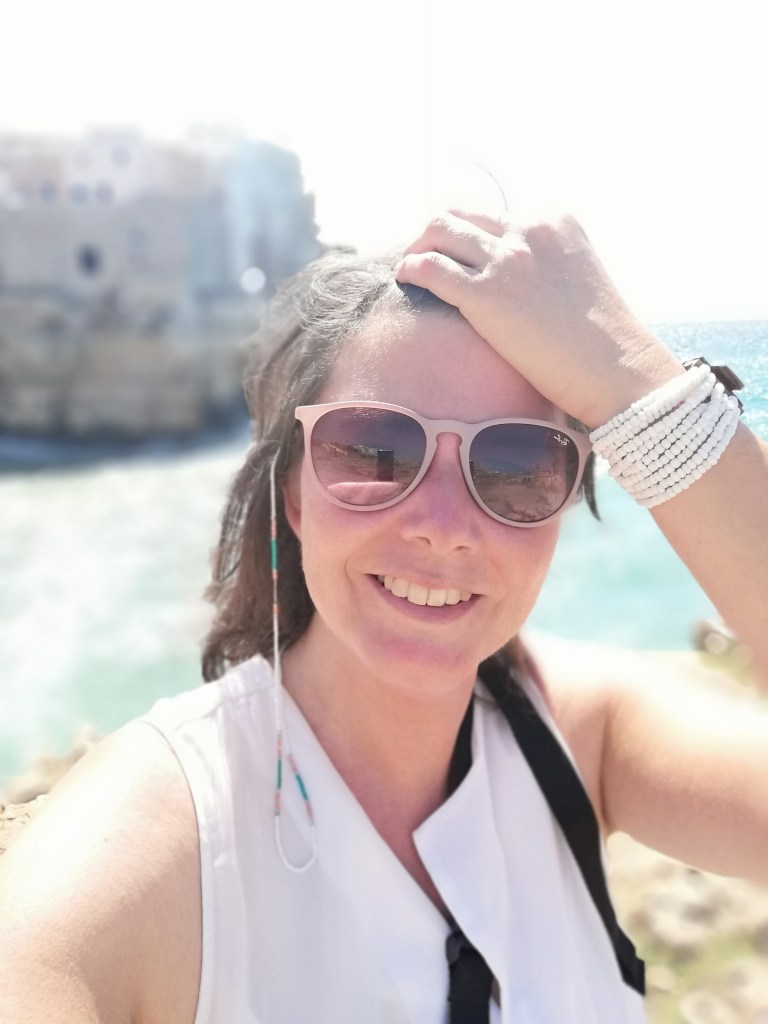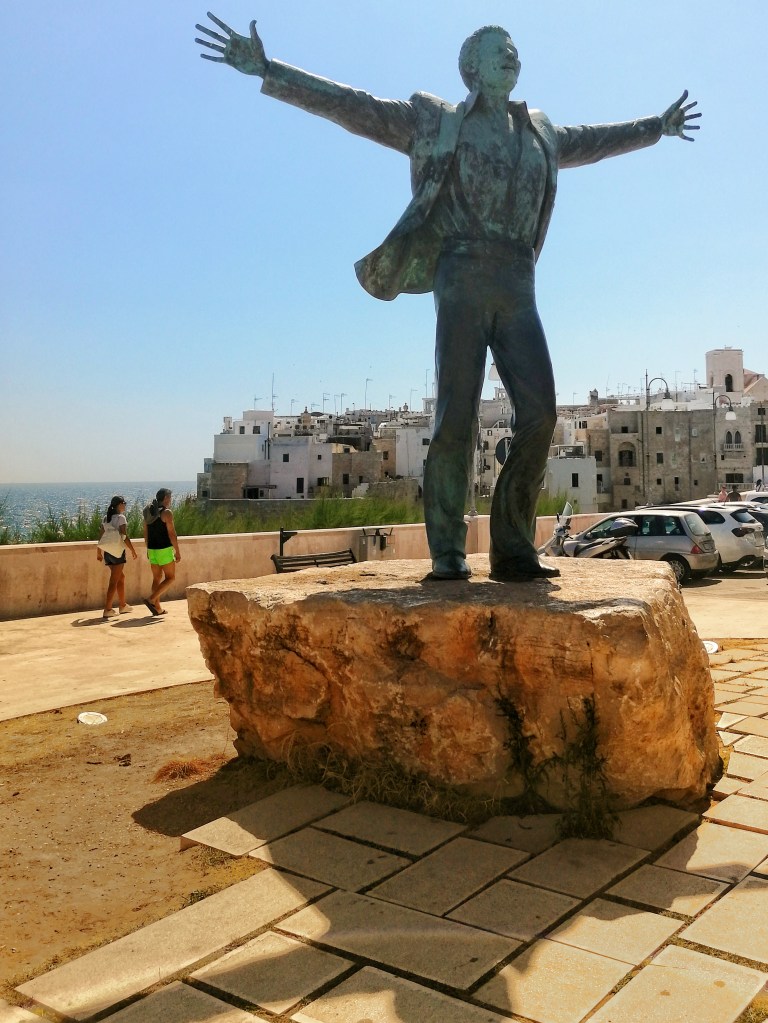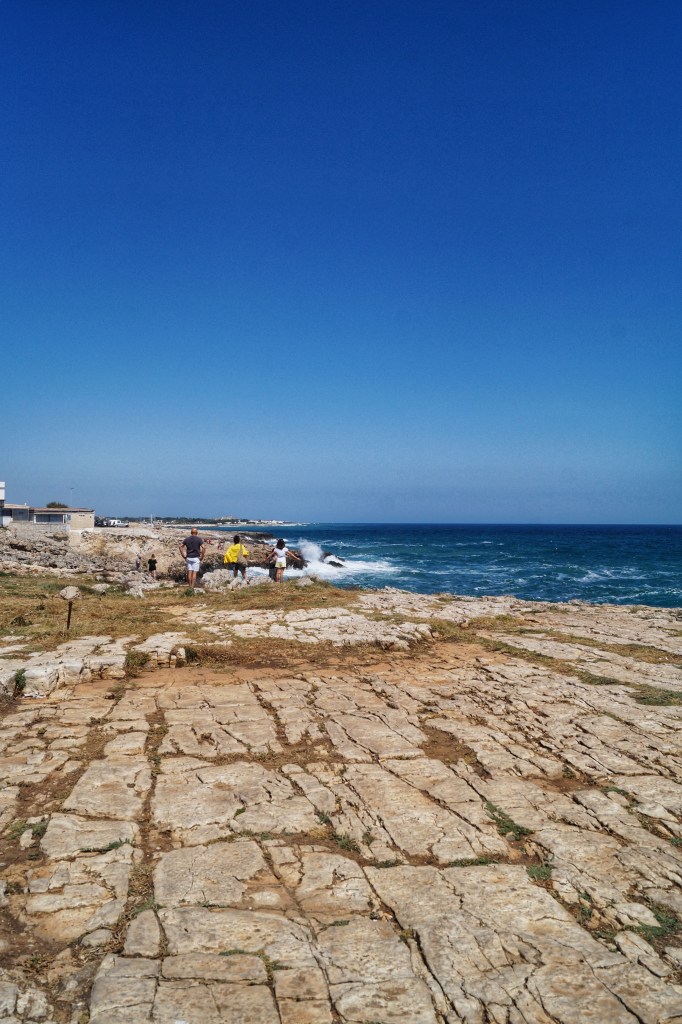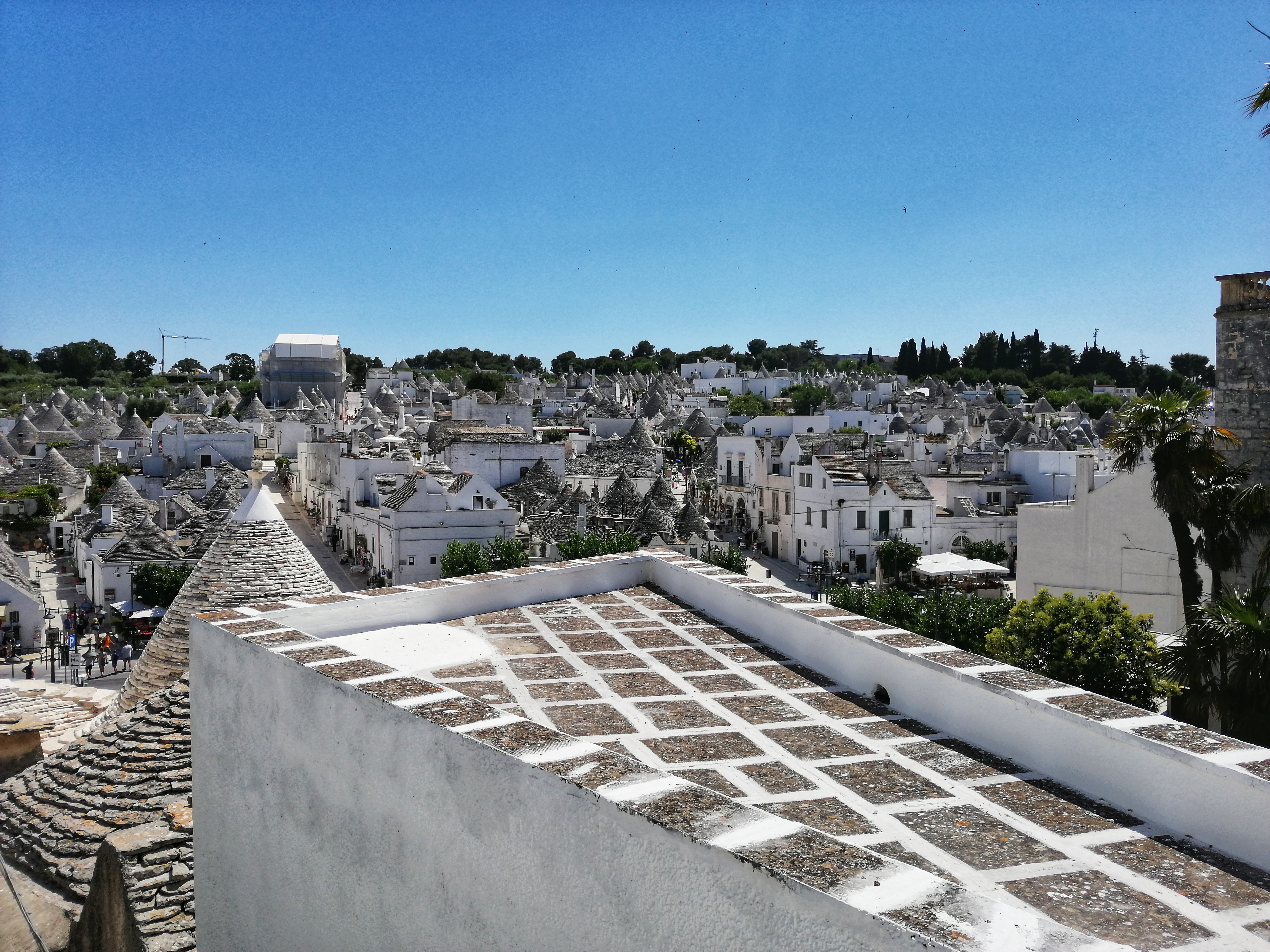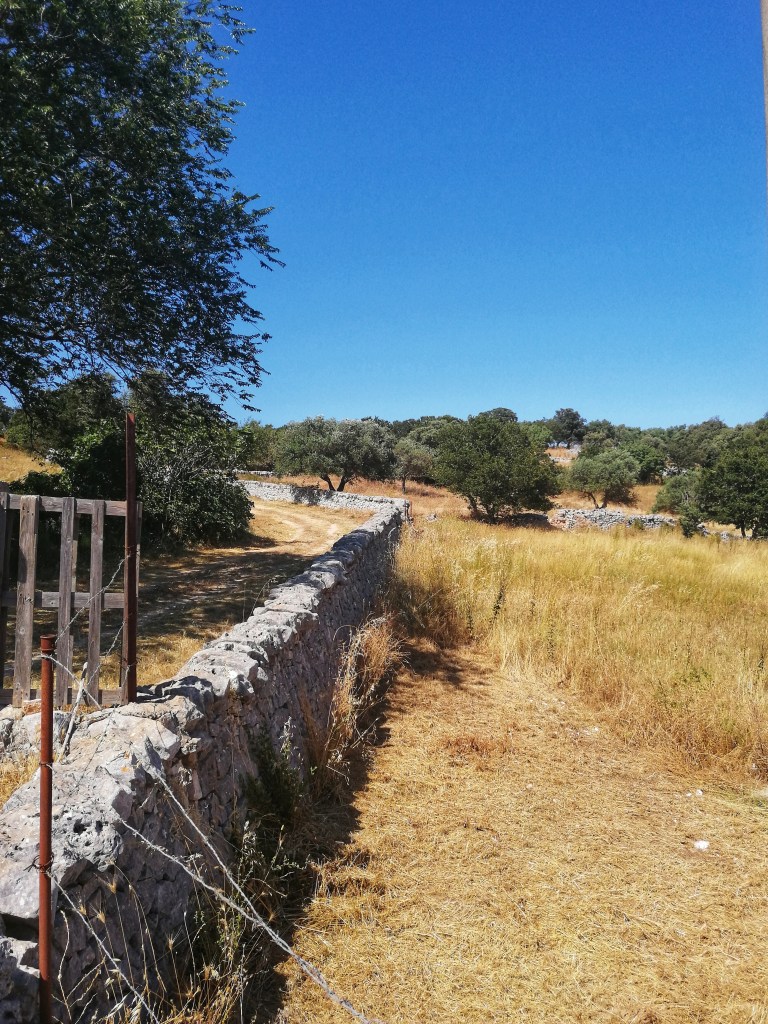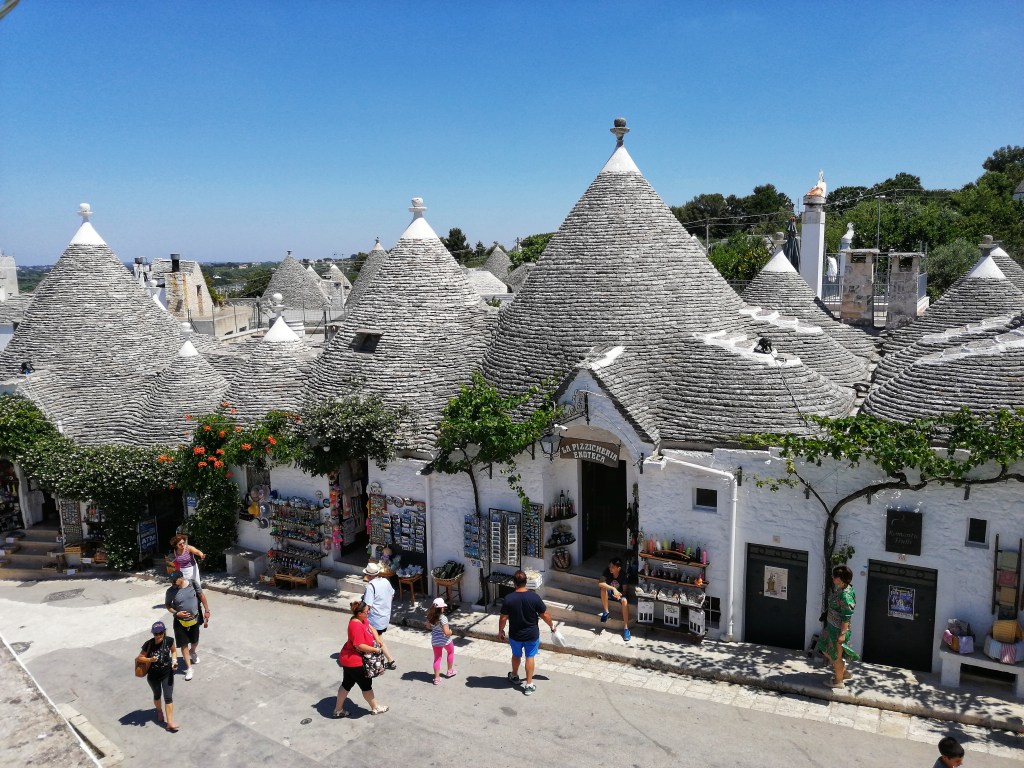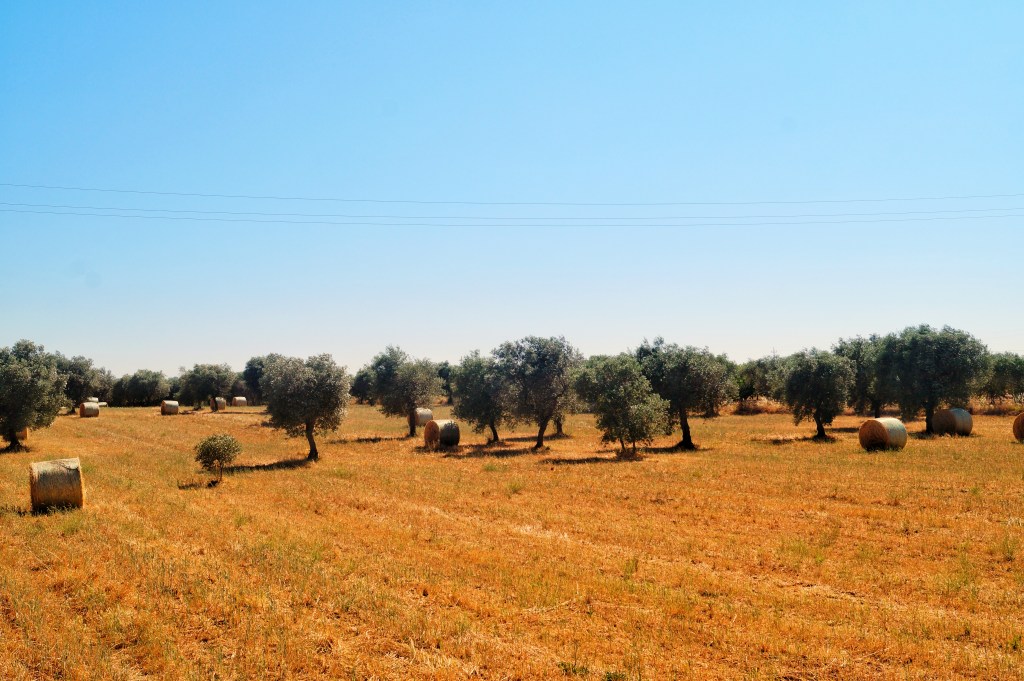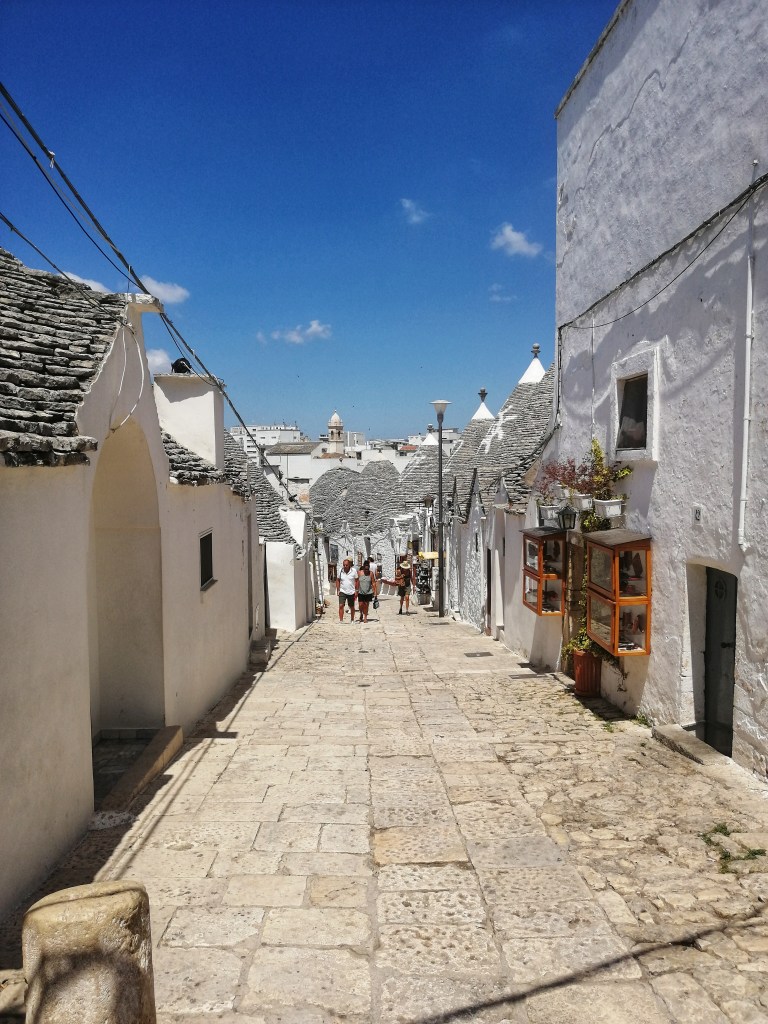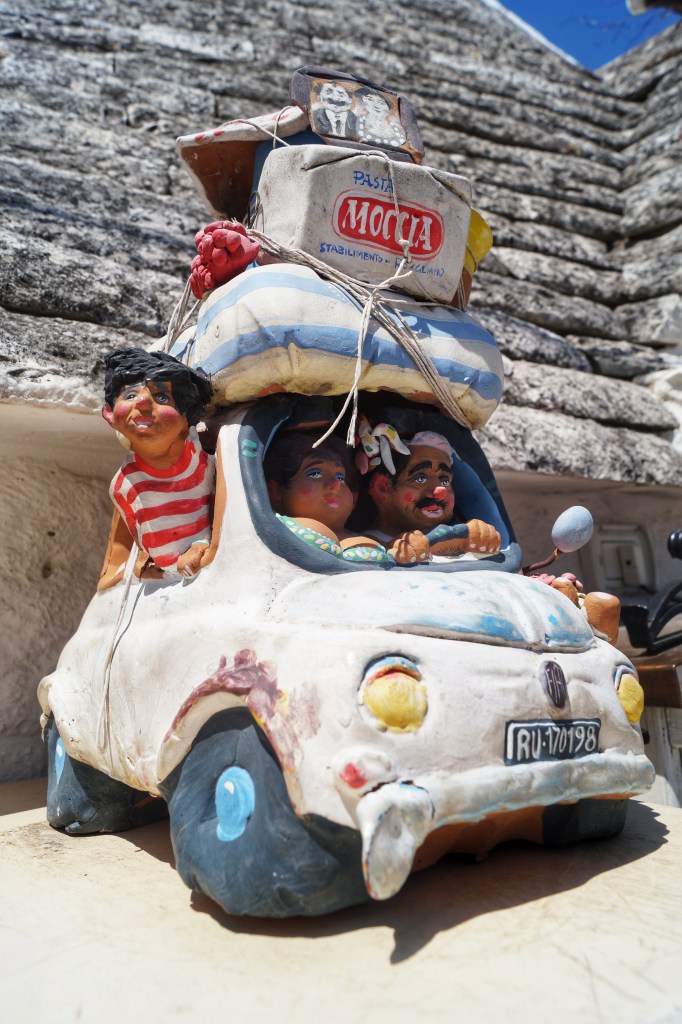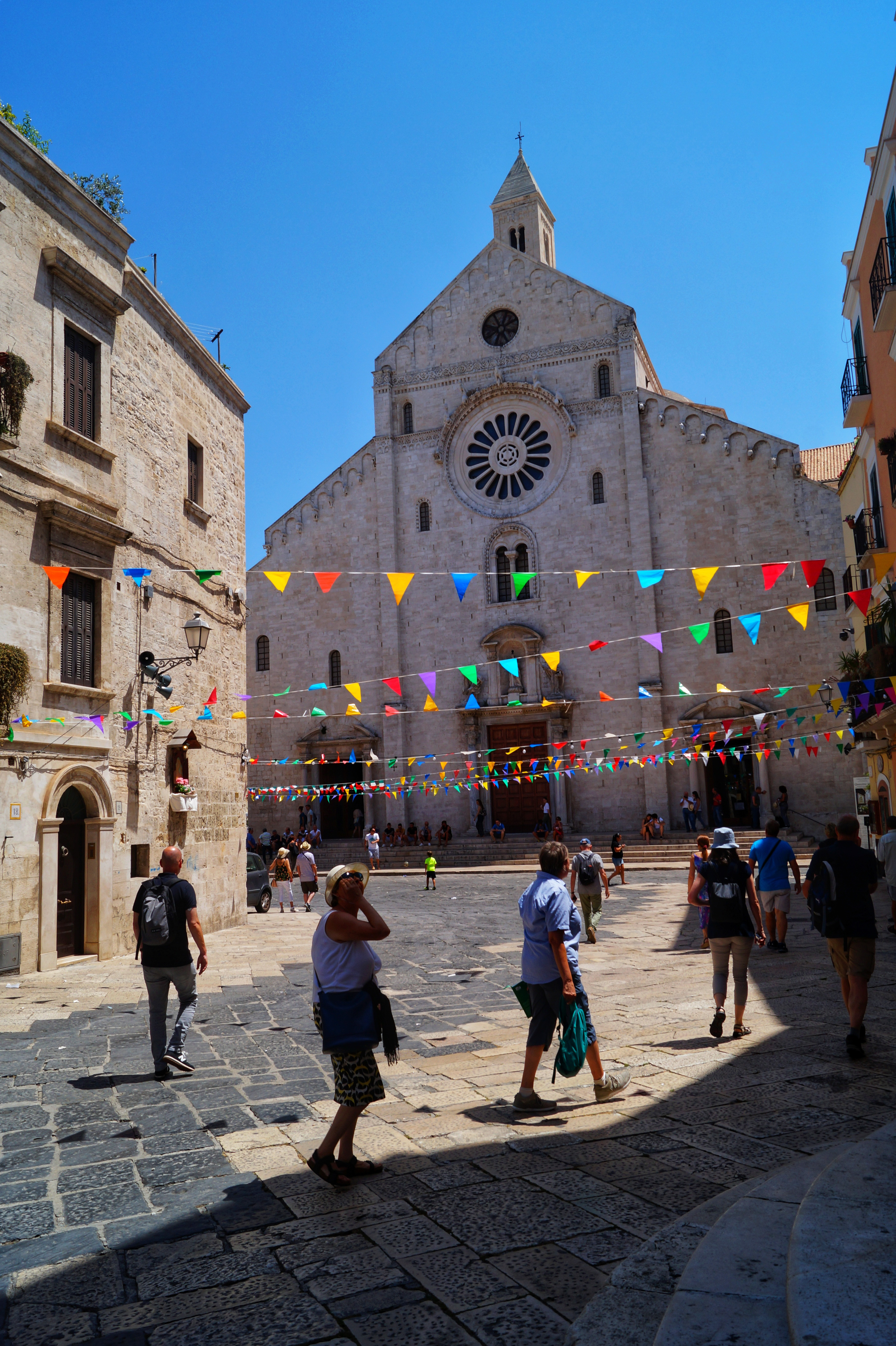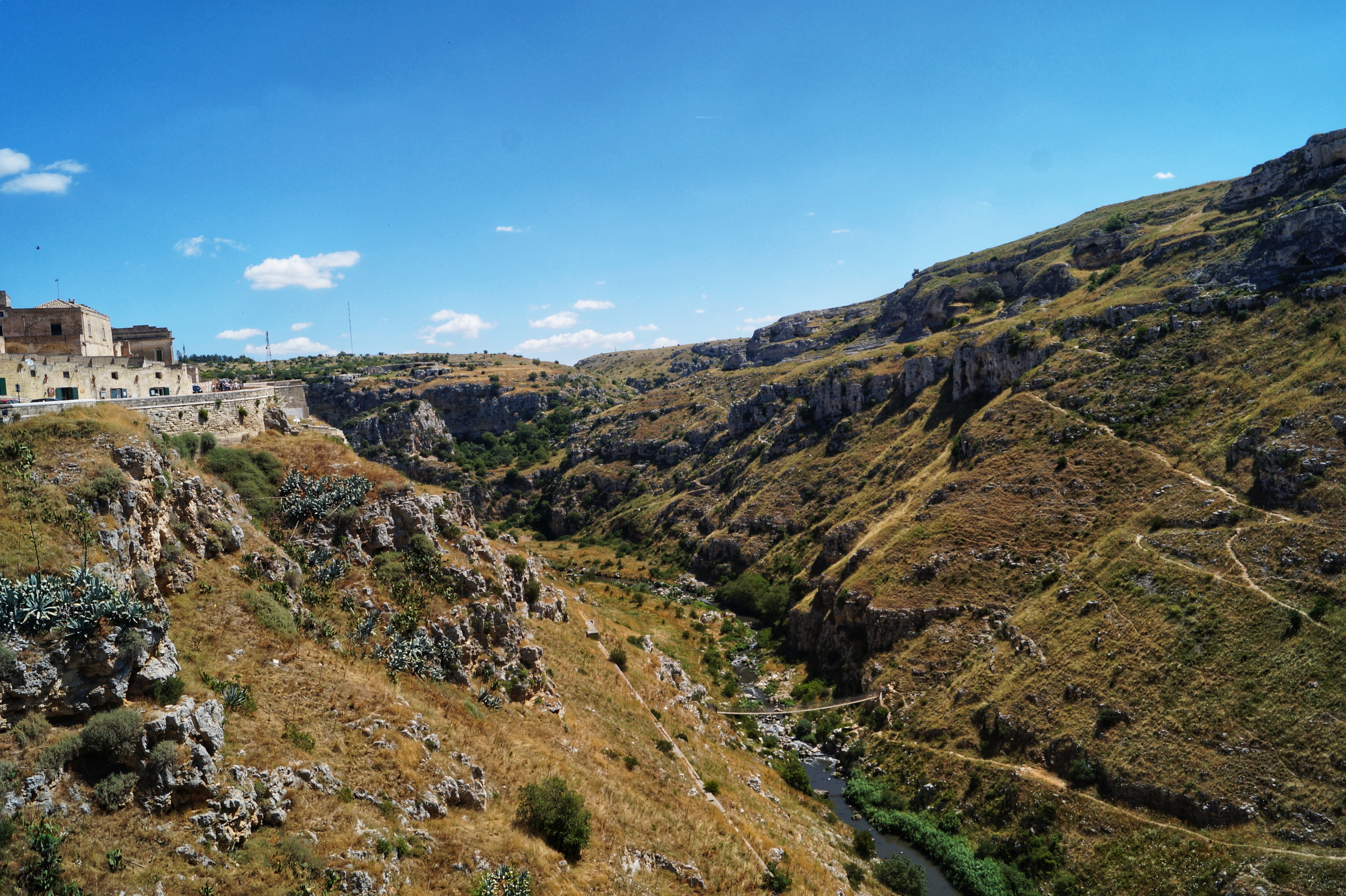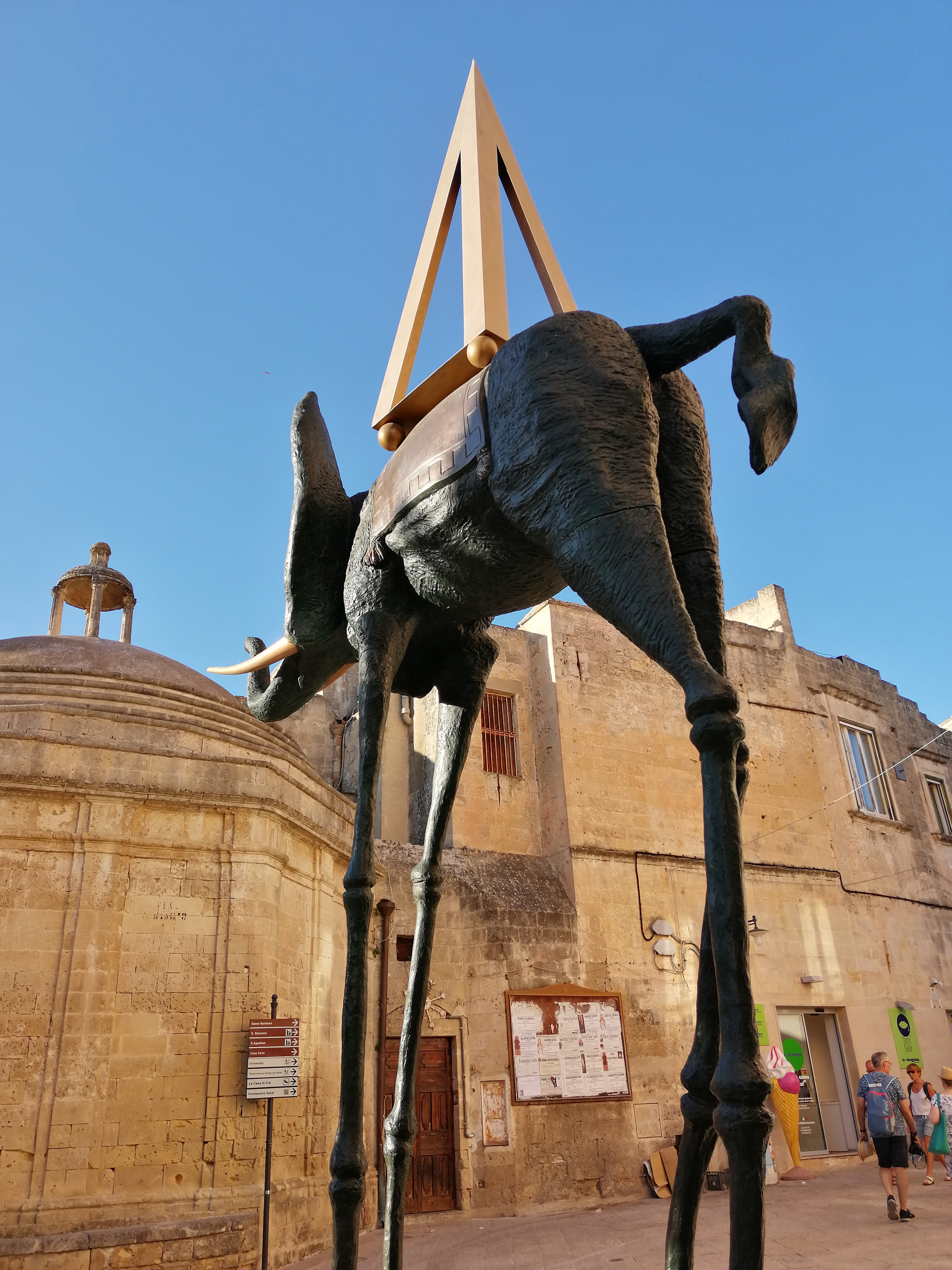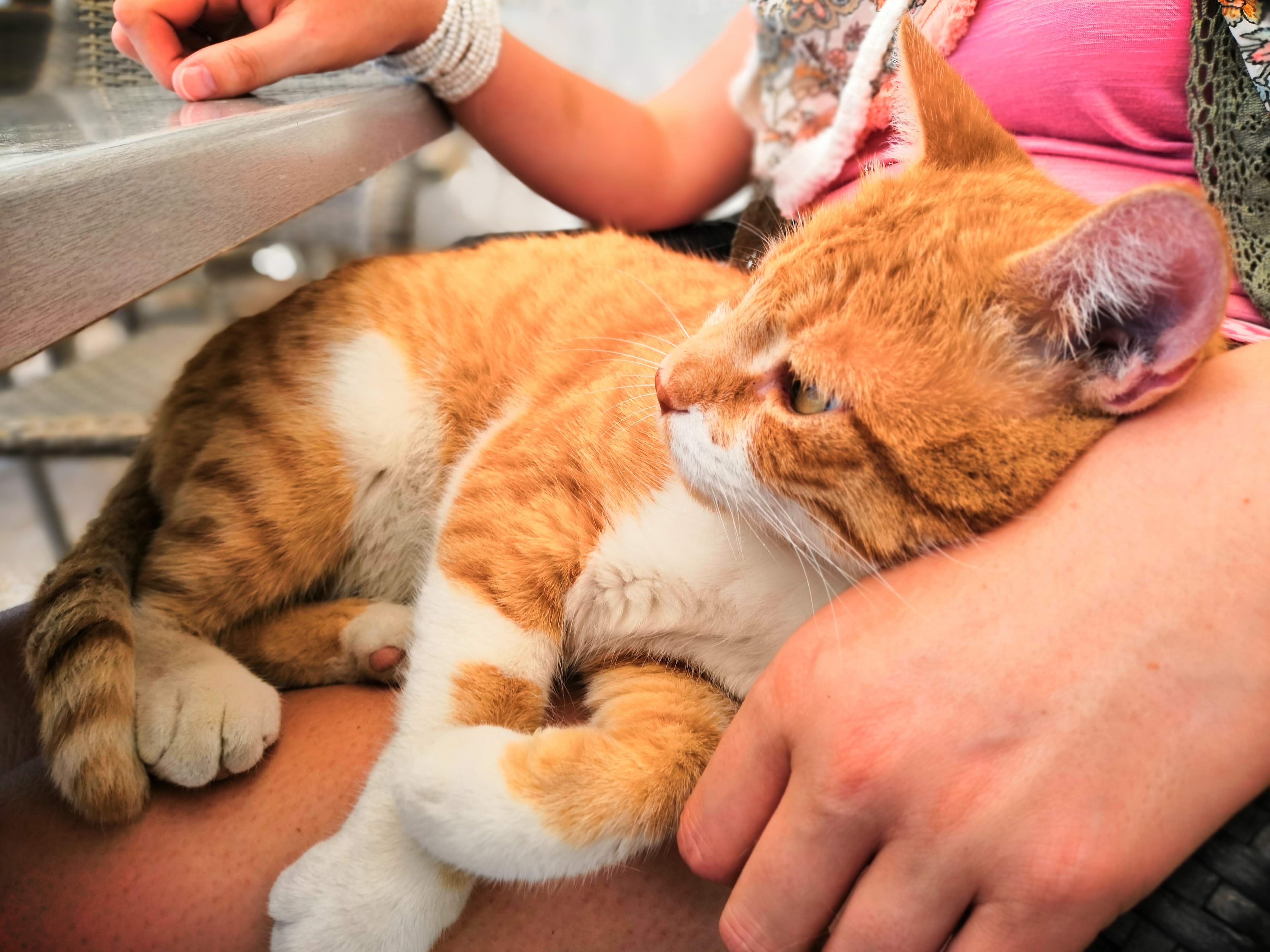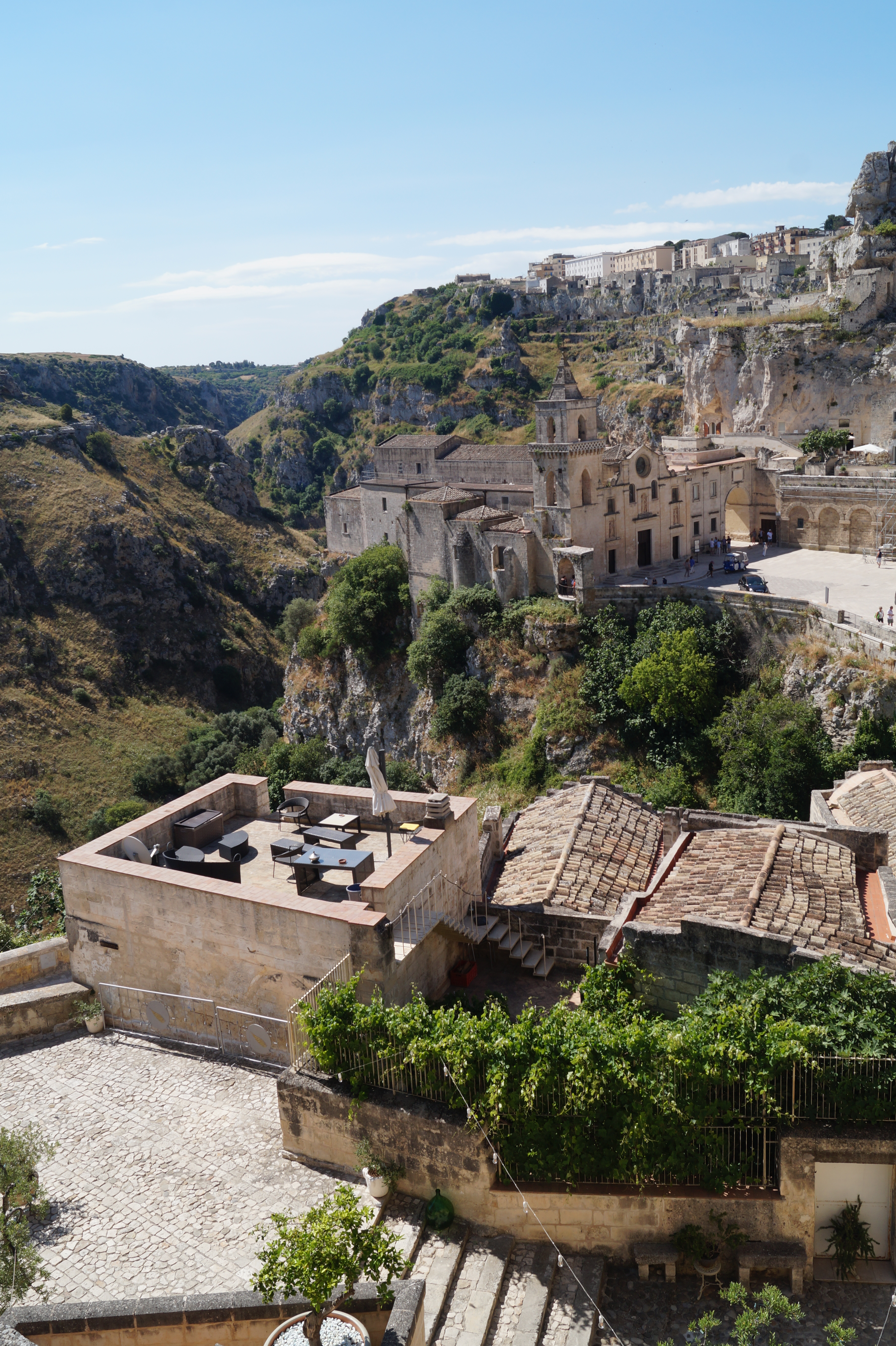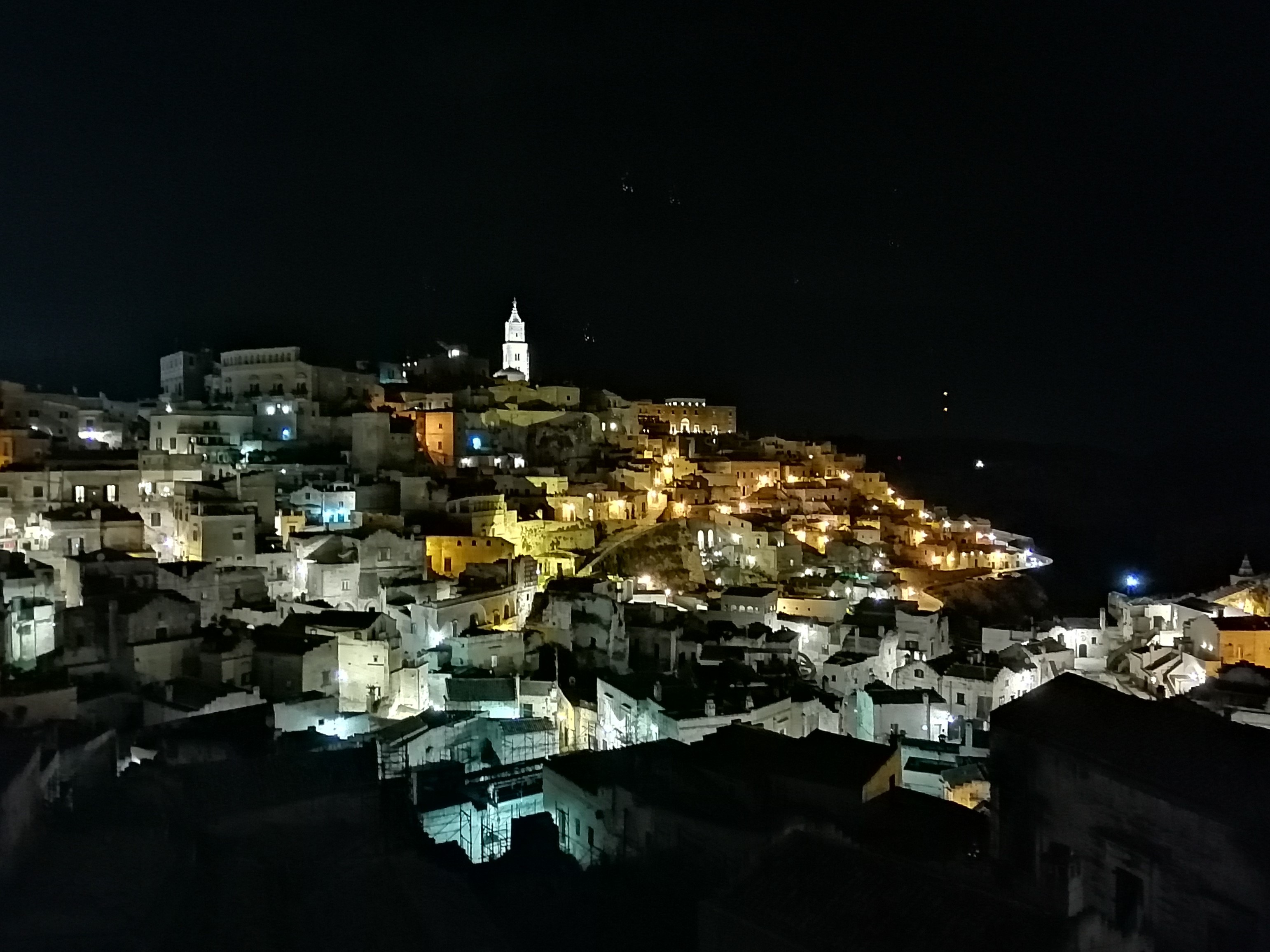(please note this trip was made early February 2020 before Covid-19 restrictions)
Those who follow me here on the blog may have noticed my absence lately. A lingering foot issue combined with the already existing medical issues meant all energy went to healing. A work still in progress…I tried to maintain my daily posts on IG and for a while that was more than enough. I still had to complete the SA series but frankly I found it very confronting scrolling through the album in an attempt to choose some photos with Covid-19 travel restrictions and my own body limits. Though we live in hope; vaccination seems to give us part of our freedom and wanderlust back, though caution and prevention still have to be our number one priority and the personal medical issues, ah well, I focus on the days the pain is controllable and I am more or less mobile, with or without walking stick. But here’s to new beginnings, shall we? And for that we first need to end our SA travel adventures. So do join me on the last part of this SA trip where we explored Franschhoek region.
Leaving Oudtshoorn behind us (you can read up on that here Oudtshoorn: an ostrich a day… SA trip part 6) a four to five hour drive will bring us to final destination of this holiday before returning to Cape Town Airport: Franschhoek.
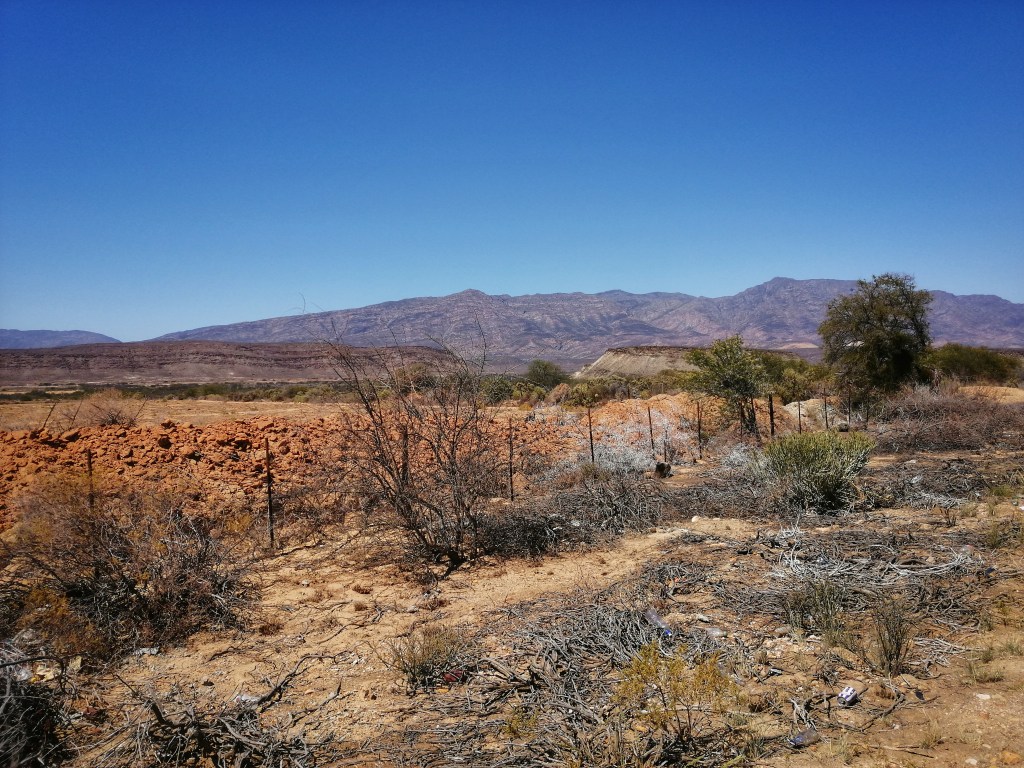
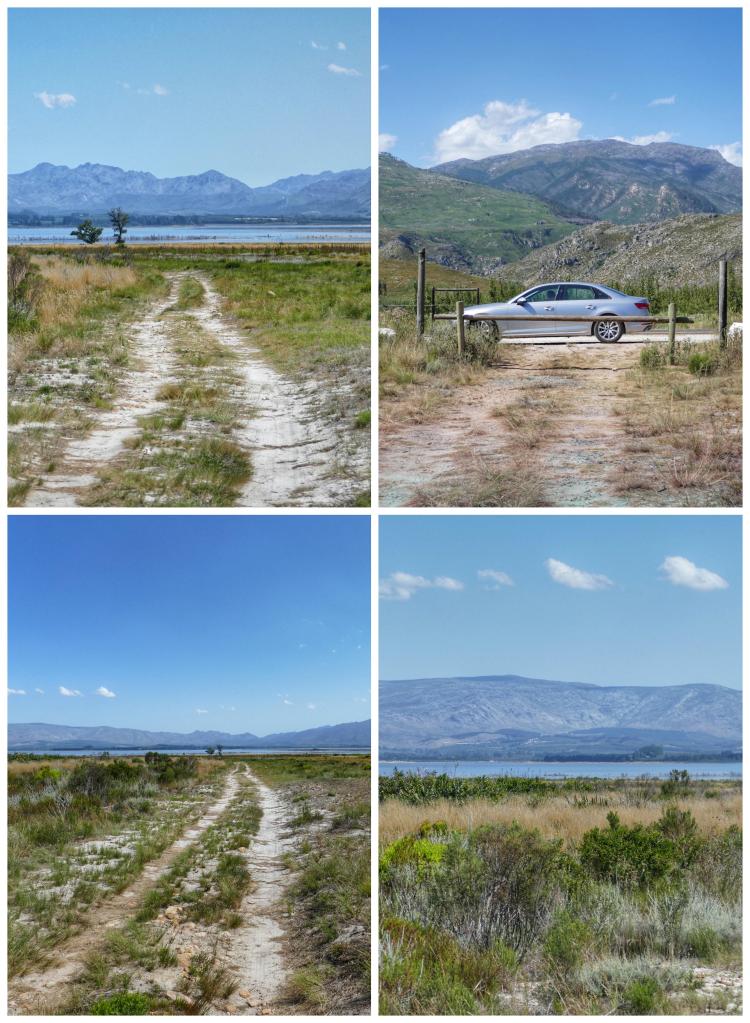
Following the R62 and passing through lovely little towns we saw landscape slowly change from Karoo vegetation to lush vineyard valleys.
Around noon we stopped and had lunch in Montagu, a town definitely worth exploring! The friendly owner of a deco shop recommended stopping in the Mystic Tin for lunch and that did not disappoint! Lovely outside terrace and garden with succulents and other local plants.

We stayed two nights in Airbnb Klein Dauphine Estate which comes with more than grand views. To fully explore the Cape Winelands region would recommend to stay at least four nights.






Franschhoek is one of South Africa’s oldest settlements and culinary belongs to absolute world top. The vineyards date back 300 years to when the French Huguenots settled in this corner of Africa. Franschhoek’s main street Huguenot Street is like a colourful string of pearls: the art shops and galleries, fashion boutiques, restaurants and bars complement each other and seamlessly fade out into the large wine estates, b&b’s and vineyards before being called a halt by the mountains surrounding the valley.
If Franschhoek alone doesn’t still your hunger its neighbours in the Cape Winelands region are more than happy to welcome you (Stellenbosch, Paarl, Wellington, Somerset West) and all this just an hour’s drive from Cape Town.
More into nature than food or wine? Mont Rochelle Nature Reserve is part of the UNESCO-declared Cape Winelands Biosphere Reserve. Situated in the Franschhoek Mountains, the reserve offers breathtaking views of the valley. There are 10 hiking trails with varying difficulty, all together over 30 km hiking fun!

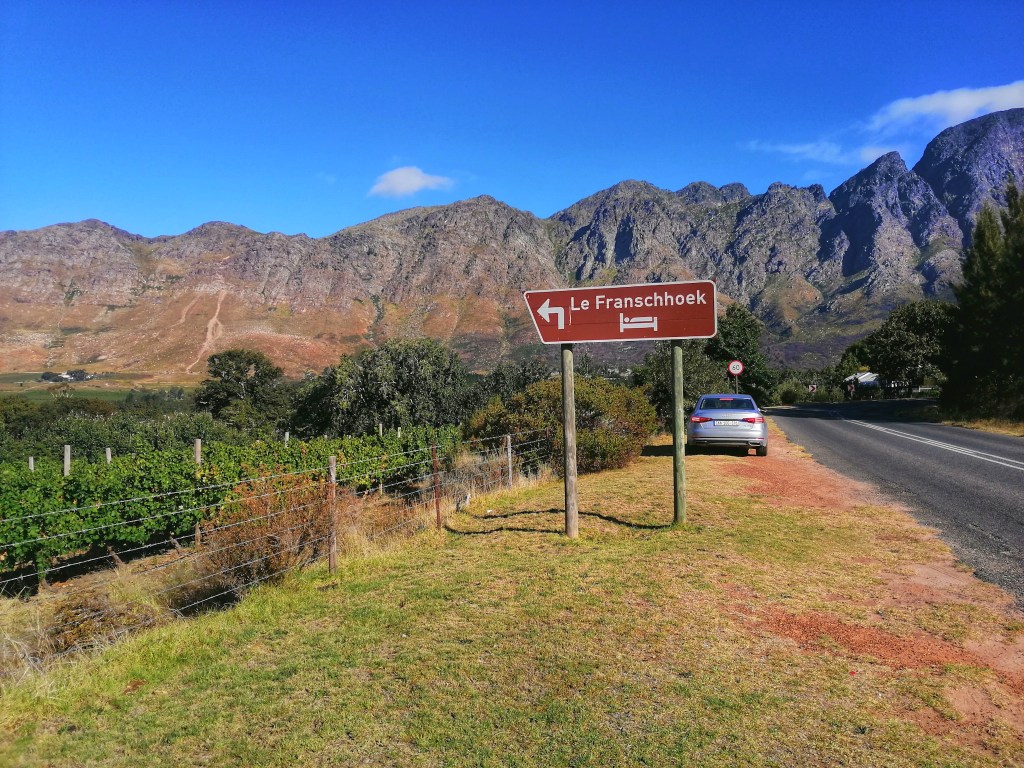

On our second day with the list of things to see and do endless and time not on our hand this being our last day we had to be resourceful.
Babylonstoren to the rescue!
Babylonstoren, at foot of Simonsberg, is one of the oldest (1692) Cape Dutch farms in the region. It has a fruit and vegetable garden, vineyard, offers dining possibilities as well as lodging, a farm and gift shop and, oh, let’s not forget the jaw-dropping scenery! With Simonsberg, Du Toitskloof and Franschhoek mountains as a backdrop, Babylonstoren does not disappoint! The immense garden can be explored during a guided tour or you can stroll and enjoy at your own pace. Spending a halve day here is the very minimum!



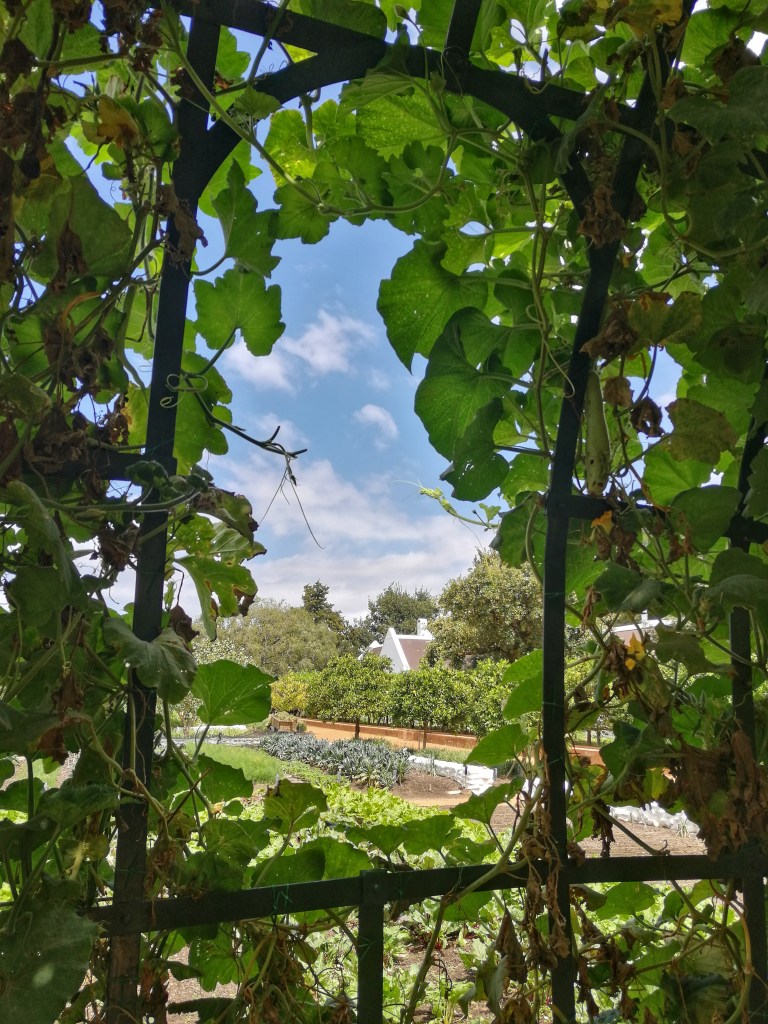

Could this last day be any more perfect? You bet! Returning to our accomodation we decided to stop at La Petite Ferme: a small boutique wine estate nestled into the Cape Winelands’ vineyards and with thé most incredible views over Franschhoek and the mountains beyond. We were just in time to join an informative and heavenly wine tasting, the kind that is given with passion and sparkle.


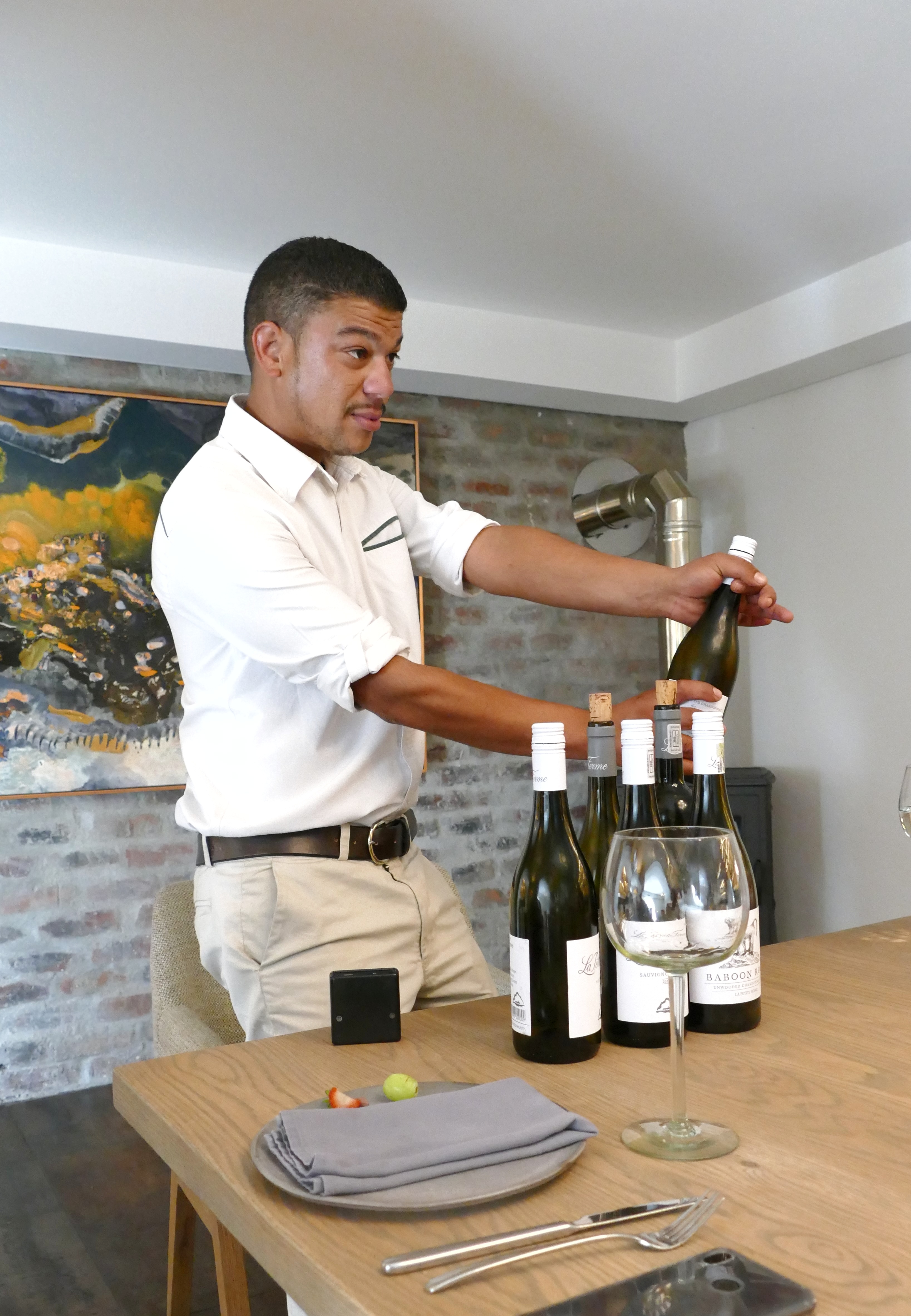

The estate’s winery offers a full range of wines from white to rosé and red. Quoting La Petite Ferme: “Each wine delivers on the promise of being an exceptional example of what the Franschhoek terroir has to offer. Bringing forward a perfect balance of wine making skill and farm management. Come and take in the atmosphere while experiencing some of the best hand crafted wines the valley has to offer”
And so our SA Western Cape road trip sadly came to and end and all that was left was to admire that last vineyard sunset, enjoy that last glass of wine and promise each other we’ll be back!
Hope you enjoyed this series! In next posts you can follow some of my local hike & seeks. Coming weekend we have a trip to Tongeren, Belgium’s oldest city planned so definitely more on that. There’s a scheduled birthday trip to Walloon Brabant and if all stays well Covid-19 wise and abroad travel is an option AND if my back and related issues aren’t too much of a spoilsport we’ll head to our beloved Lenk in Swiss Berner Oberland in August. Fingers crossed!
Ingrid
xxx

“Travelling, it leaves you speachless and then turns you into a storyteller”
https://www.visit-franschhoek.co.za/
http://www.montagu-ashton.info/
https://www.facebook.com/Klein-Dauphine-Estate-Guest-Accommodation-Franschhoek-102368581543753/

